In the first decades of the 20th century, New York City’s park system offered a diverse range of landscapes and experiences, from the highly manicured promenades of Central Park to the vast, rustic woodlands of the outer boroughs. These parks served as the city’s “lungs,” providing essential open space for recreation, socializing, and a brief escape from the crowded urban environment.
The most famous of the city’s parks was Central Park. By the early 1900s, it was a well-established oasis, famous for its daily carriage parades along the drives, where the city’s elite showed off their fine horses and elegant vehicles. New Yorkers of all classes enjoyed strolling along the formal Mall, renting a rowboat on the Lake, or visiting the animals at the Menagerie. In winter, the hoisting of a red ball at Belvedere Castle signaled that the ice on the Lake was safe for skating, an event that drew thousands of people. The park was still governed by a “Keep off the Grass” philosophy, with its lawns viewed primarily as scenery rather than for active play.
In Brooklyn, Prospect Park offered a similarly grand experience. Designed by the same team as Central Park, it featured the wide-open Long Meadow, a large lake for boating, and a more rustic, woodland character in its core. It served as Brooklyn’s primary green space, a destination for family outings and quiet contemplation.
Read more
The newly consolidated borough of the Bronx was home to massive, semi-wild parks that felt like true countryside. Van Cortlandt Park, at the northern end of the subway line, was a major recreational hub. It was home to the nation’s first municipal public golf course, a large lake for swimming and ice skating, and cricket pitches that were popular with the city’s West Indian community. To the east, Pelham Bay Park, the city’s largest, offered miles of coastline on the Long Island Sound. Its shores were a popular spot for summer camping, with hundreds of families setting up tent colonies to live by the water for the entire season.
While the large parks were destinations, a new type of park was being created to serve the city’s most crowded neighborhoods. The social reform movement of the era pushed for the creation of parks with facilities for “active recreation.” A prime example was Seward Park, which opened in 1903 on the Lower East Side. Unlike the older parks, Seward Park was designed for play. It featured a large, dedicated children’s playground with sandboxes, swings, and see-saws, as well as an outdoor gymnasium and a running track, providing a vital and safe outlet for the thousands of children living in the surrounding tenements.


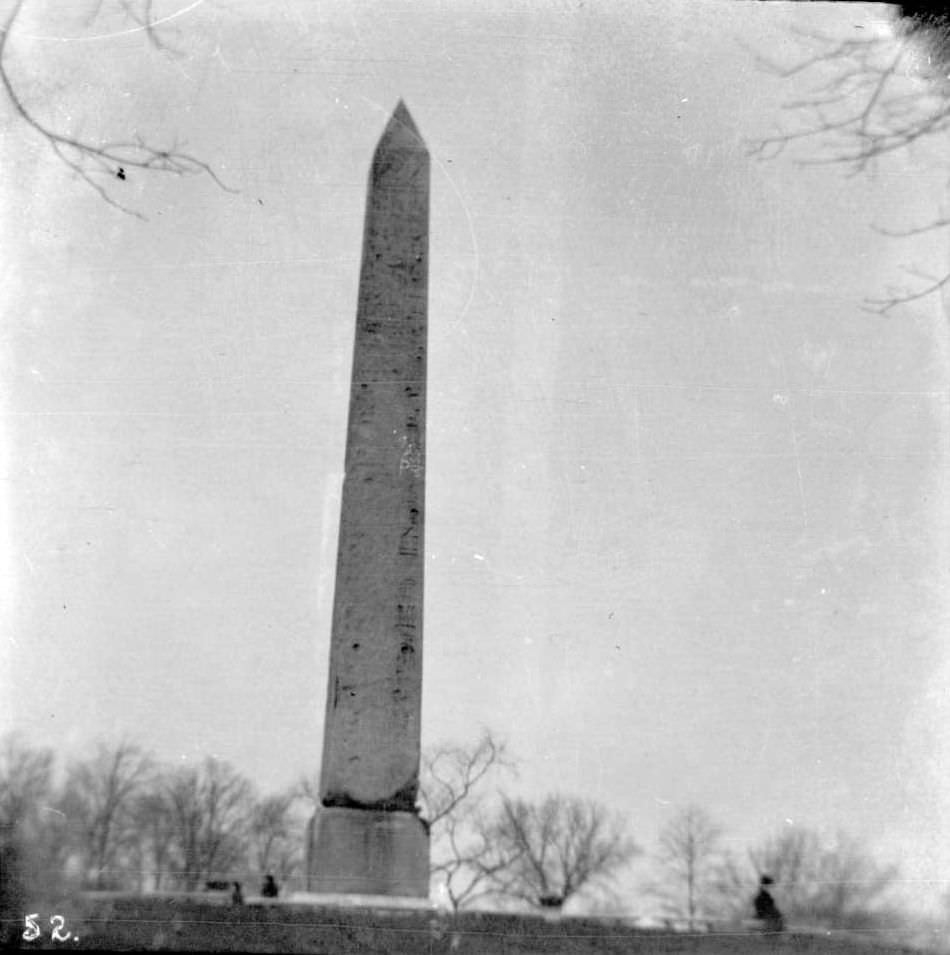
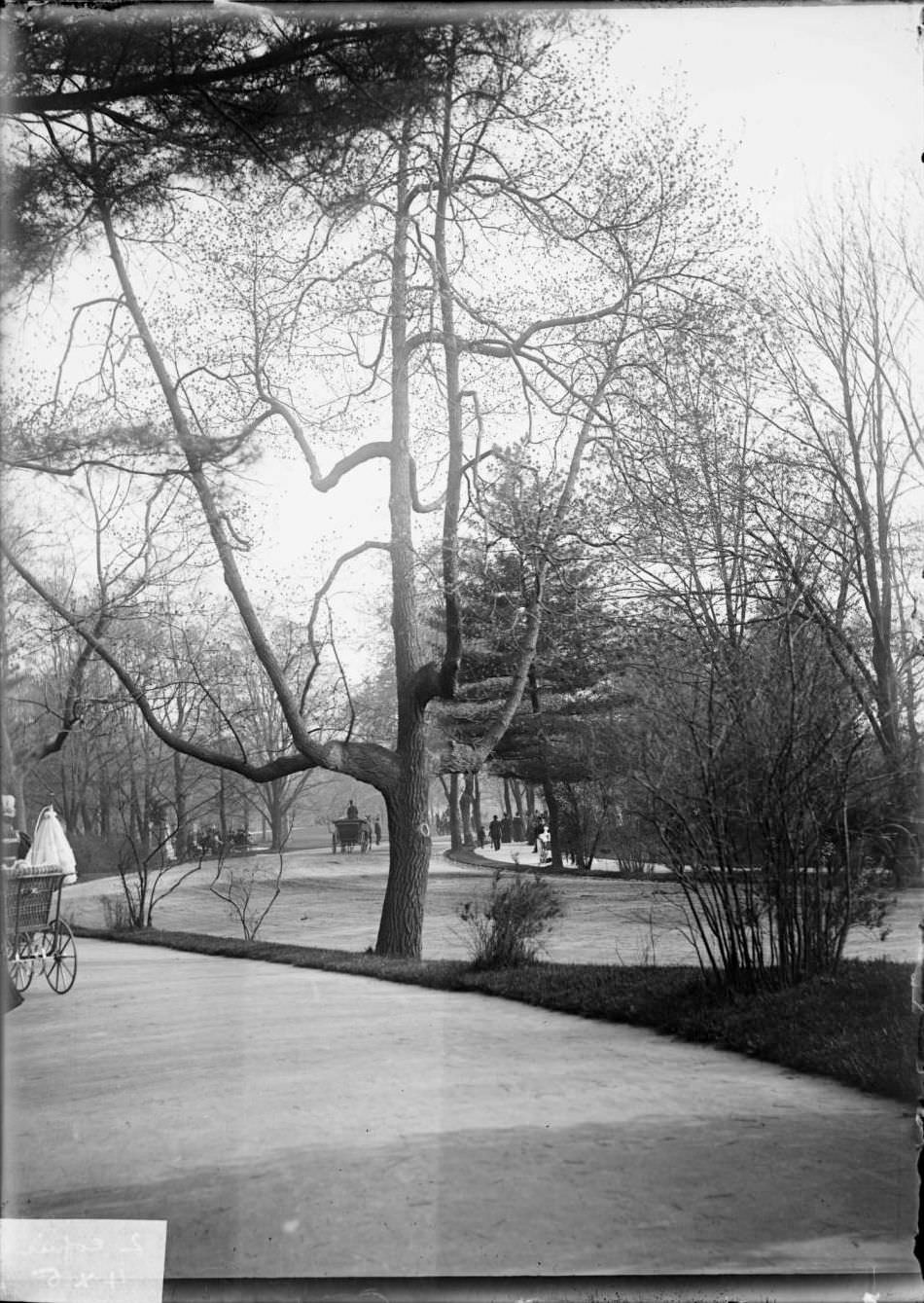
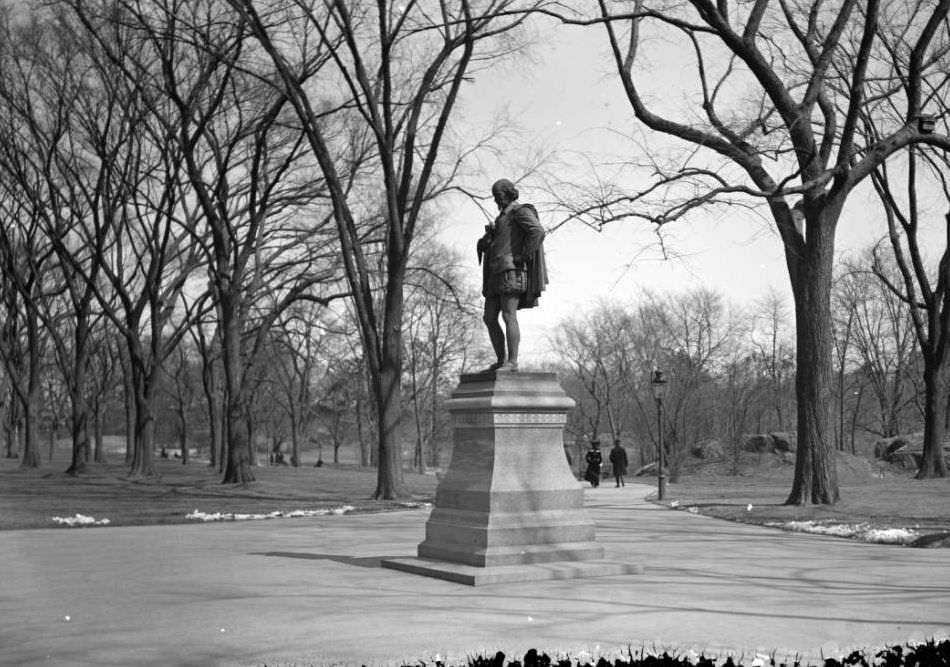
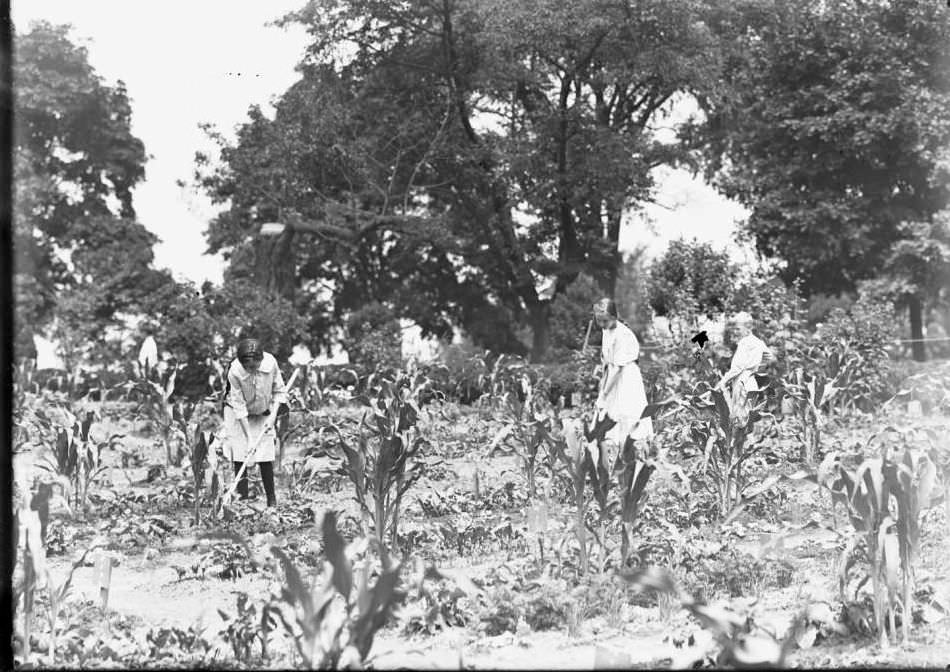

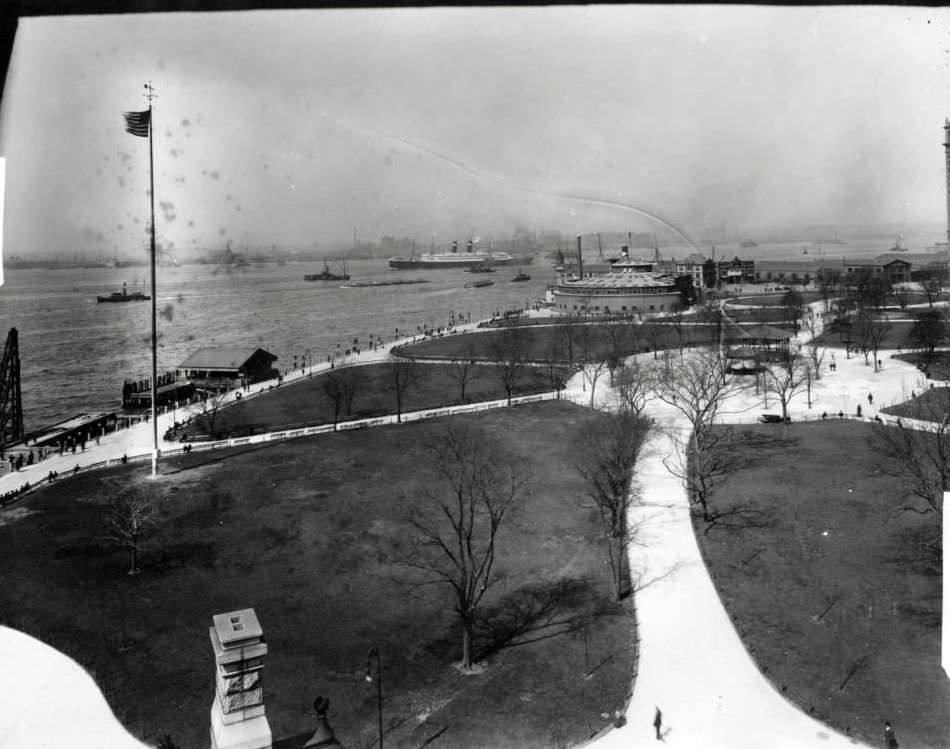

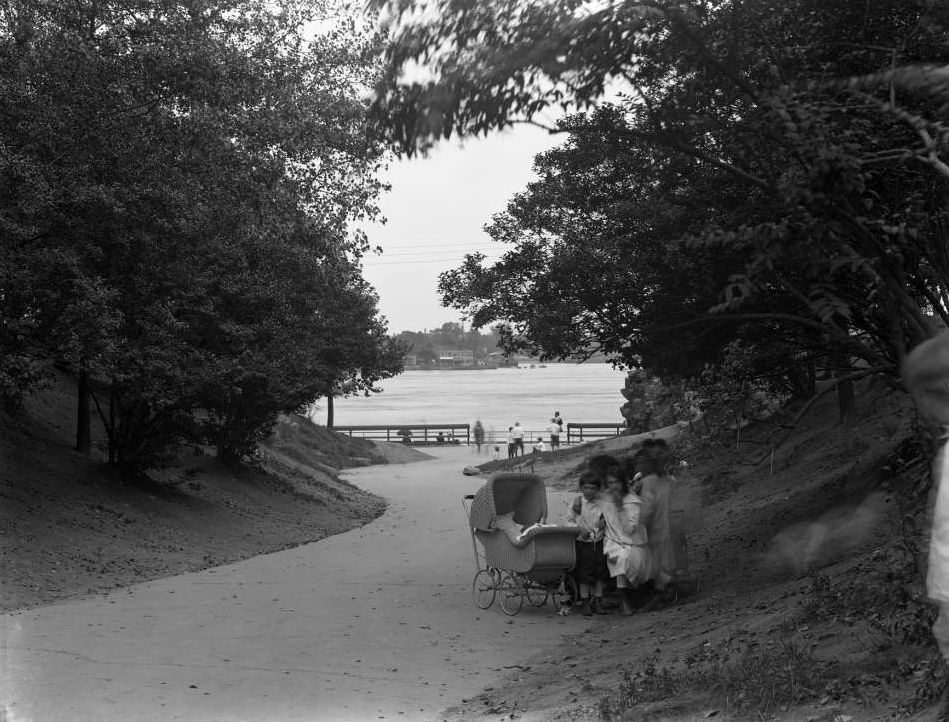
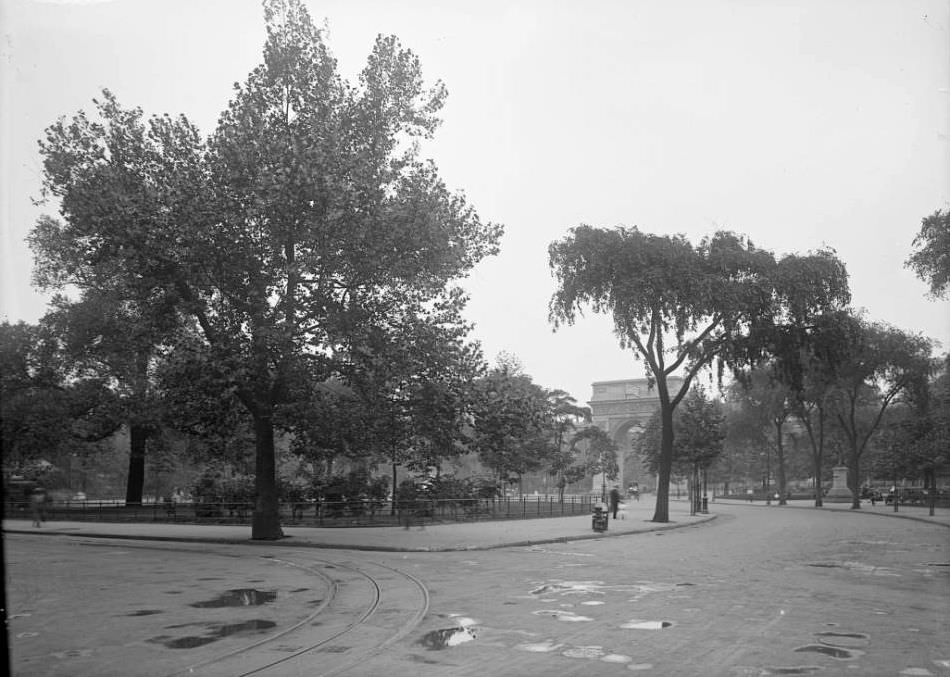
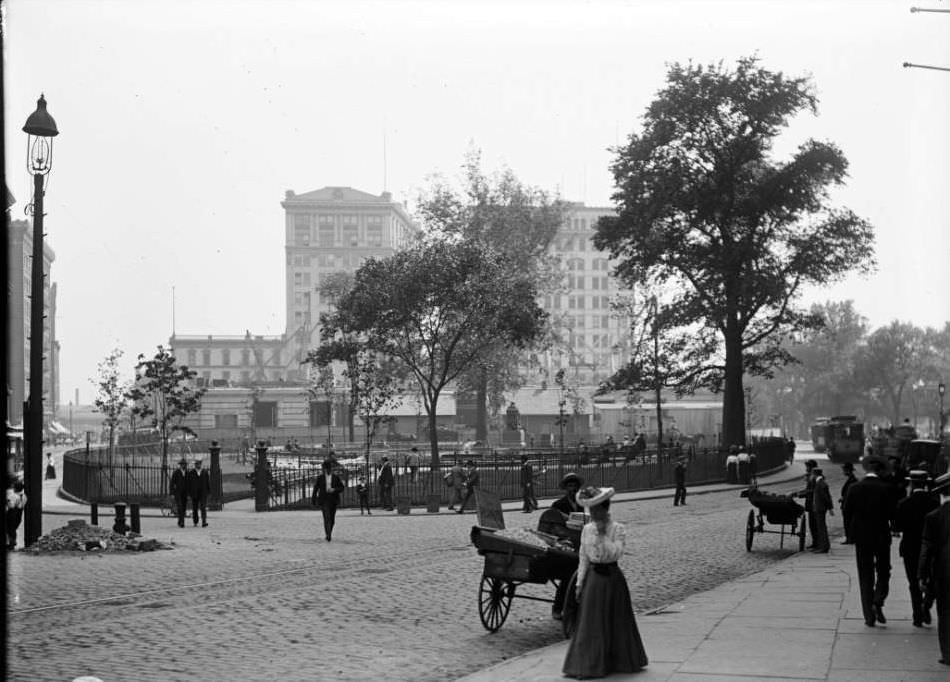
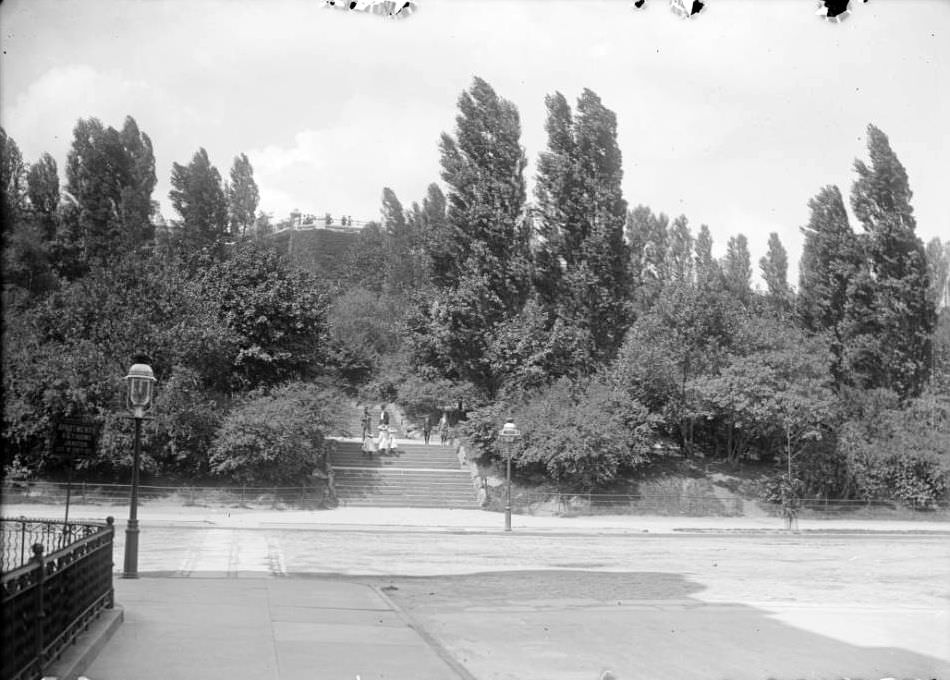
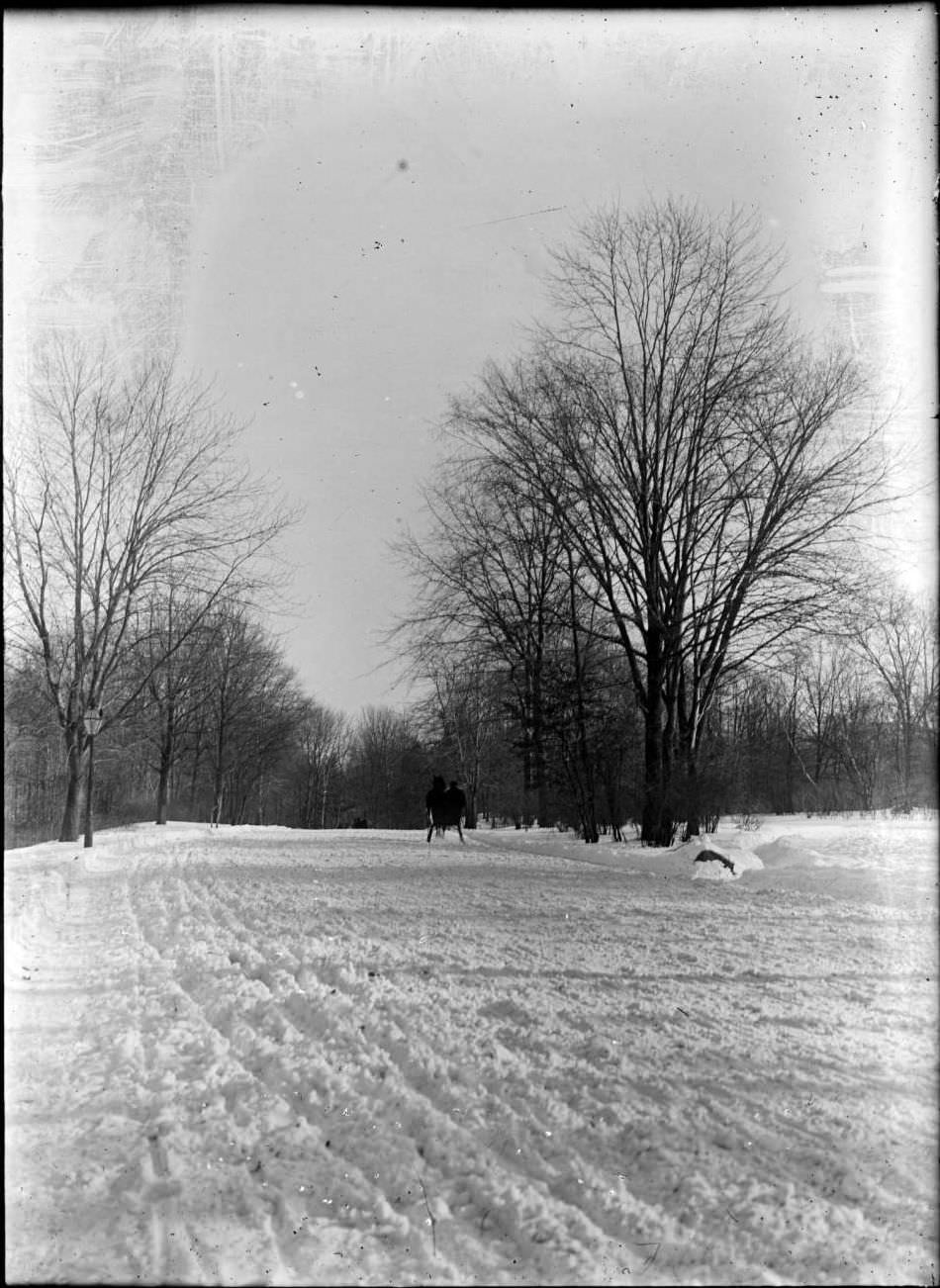
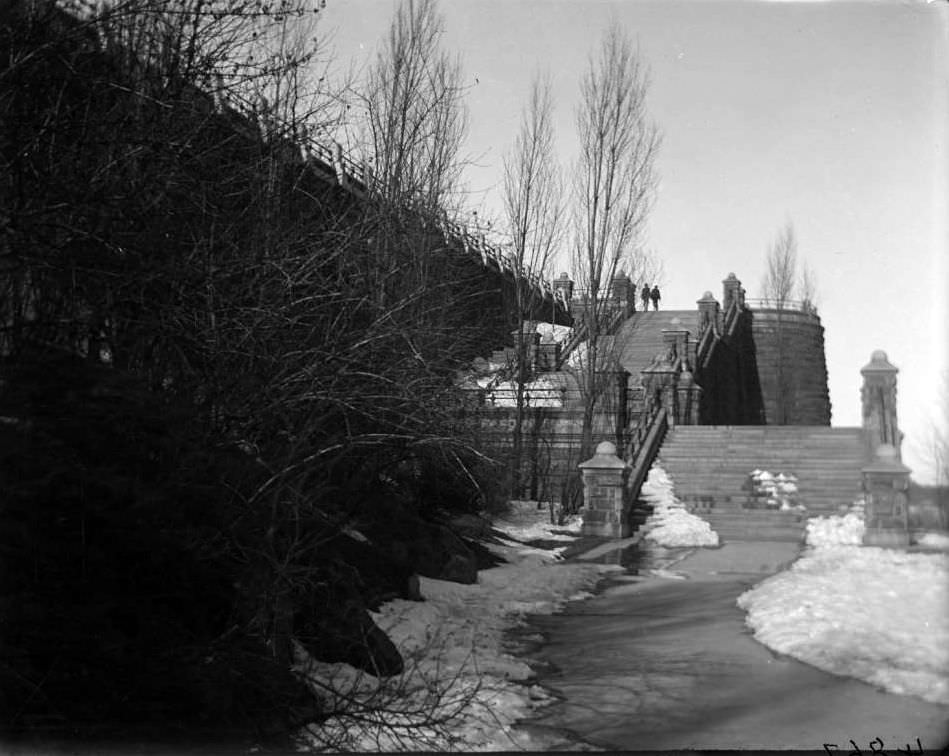
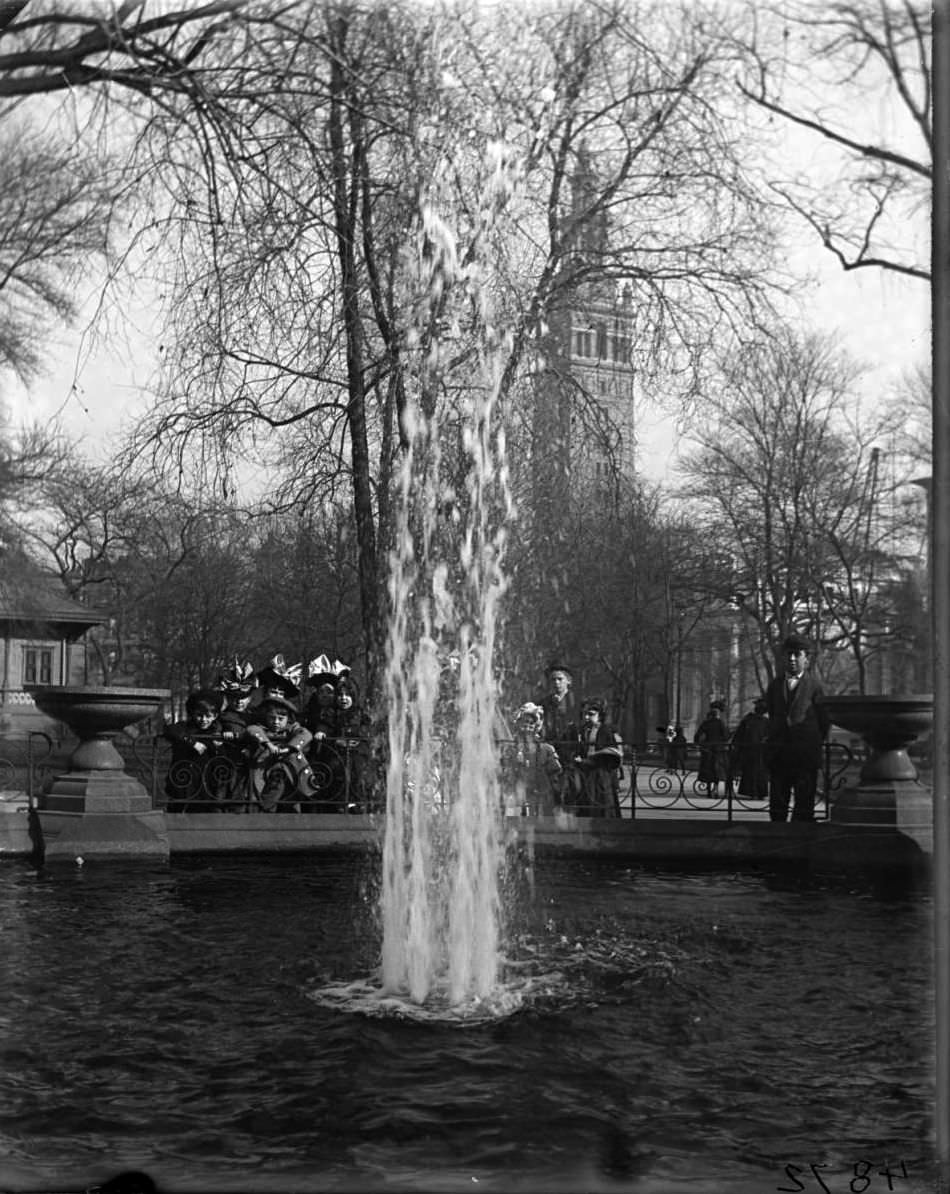
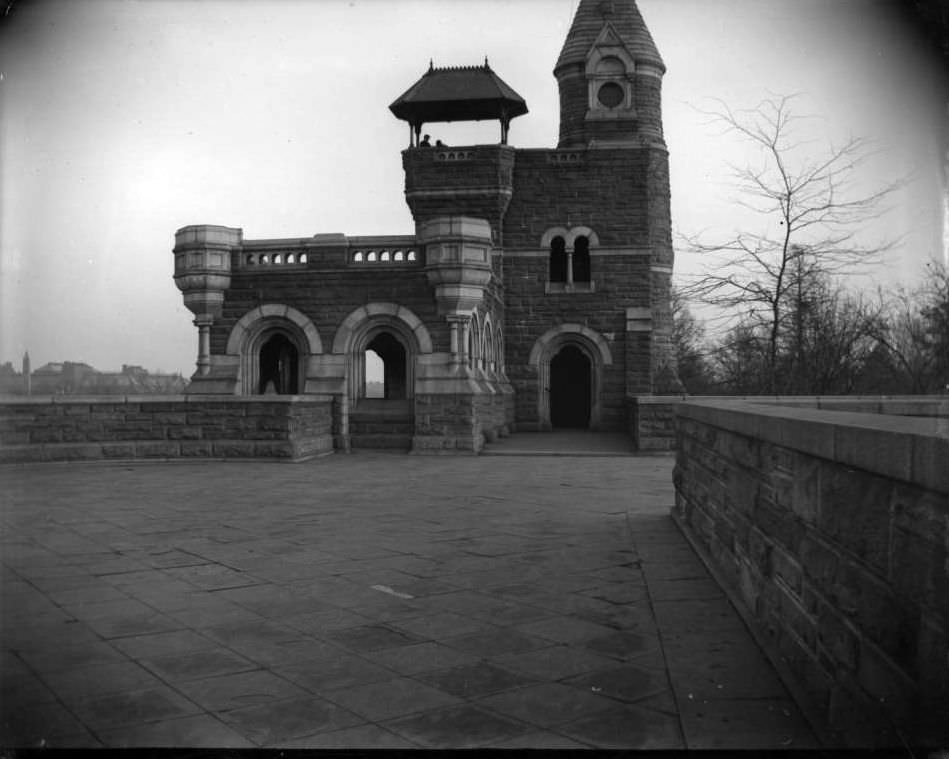
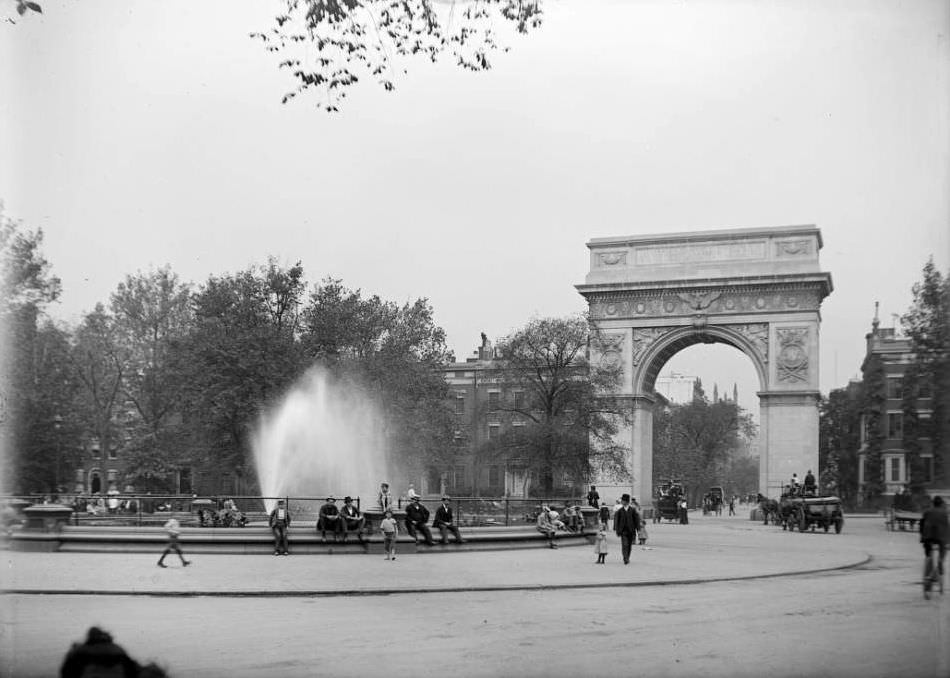
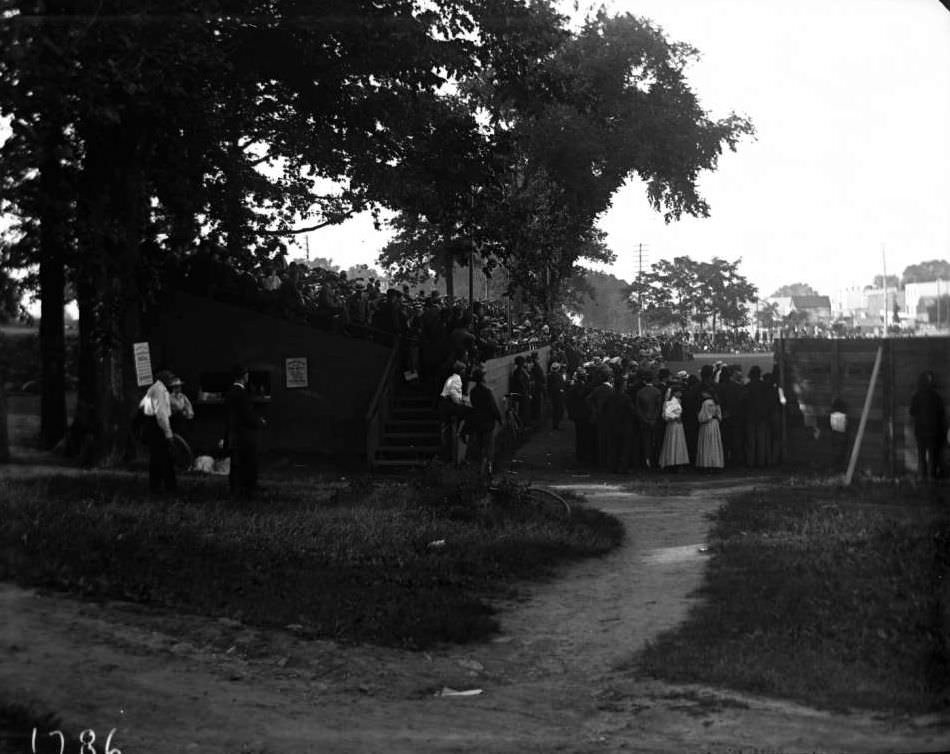
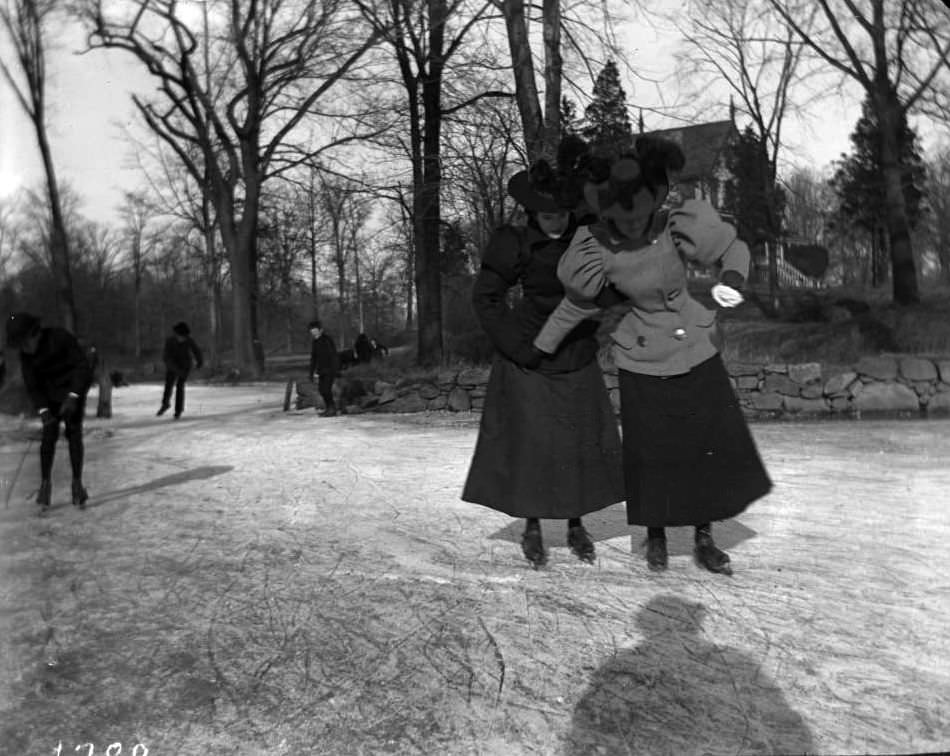
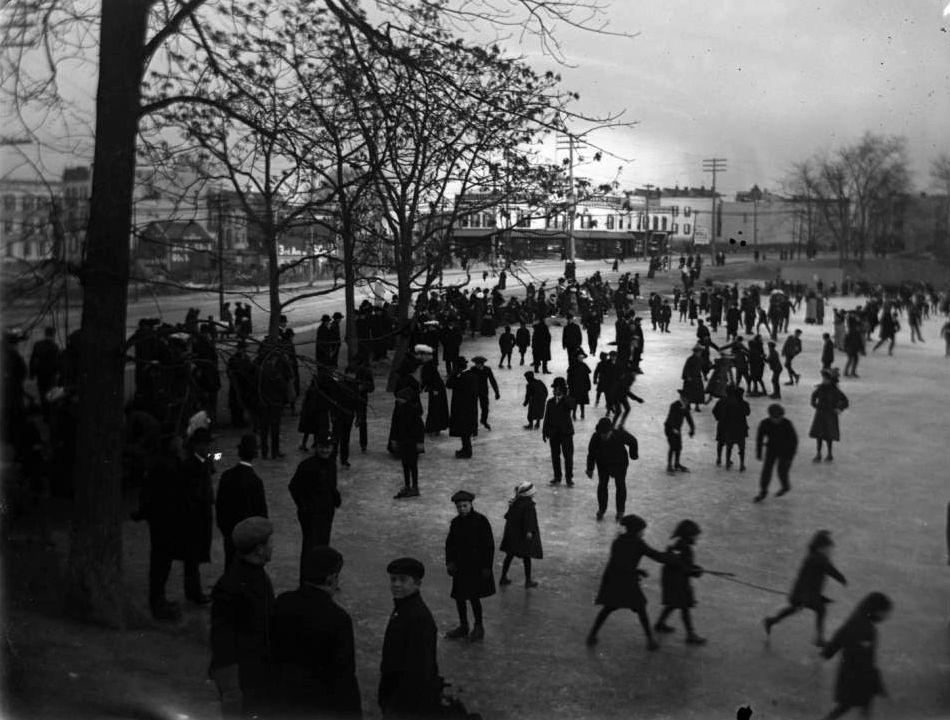
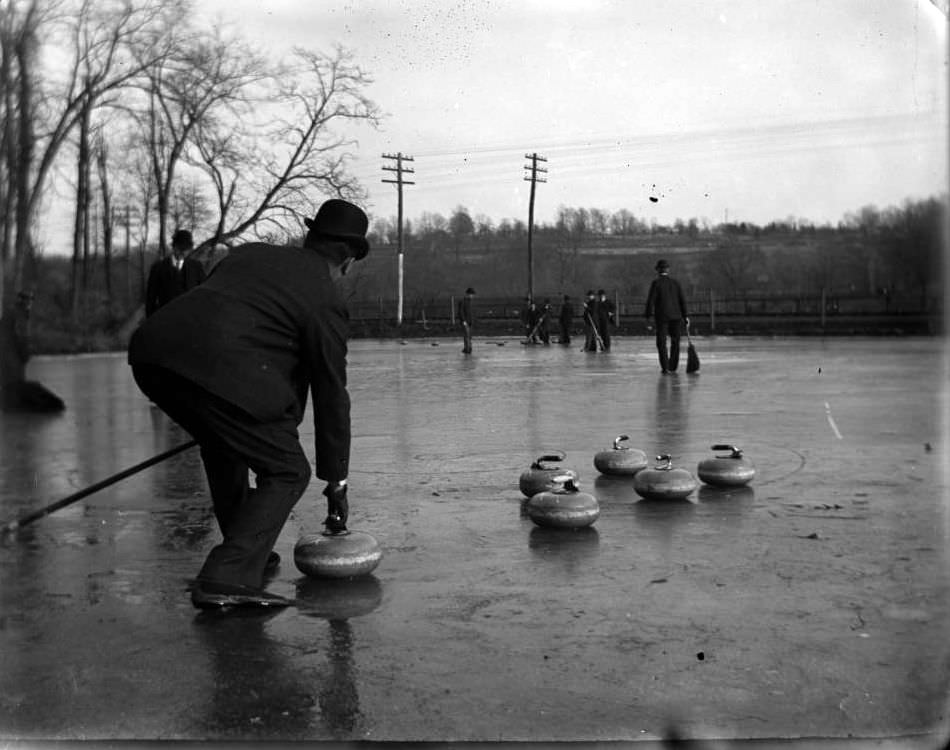
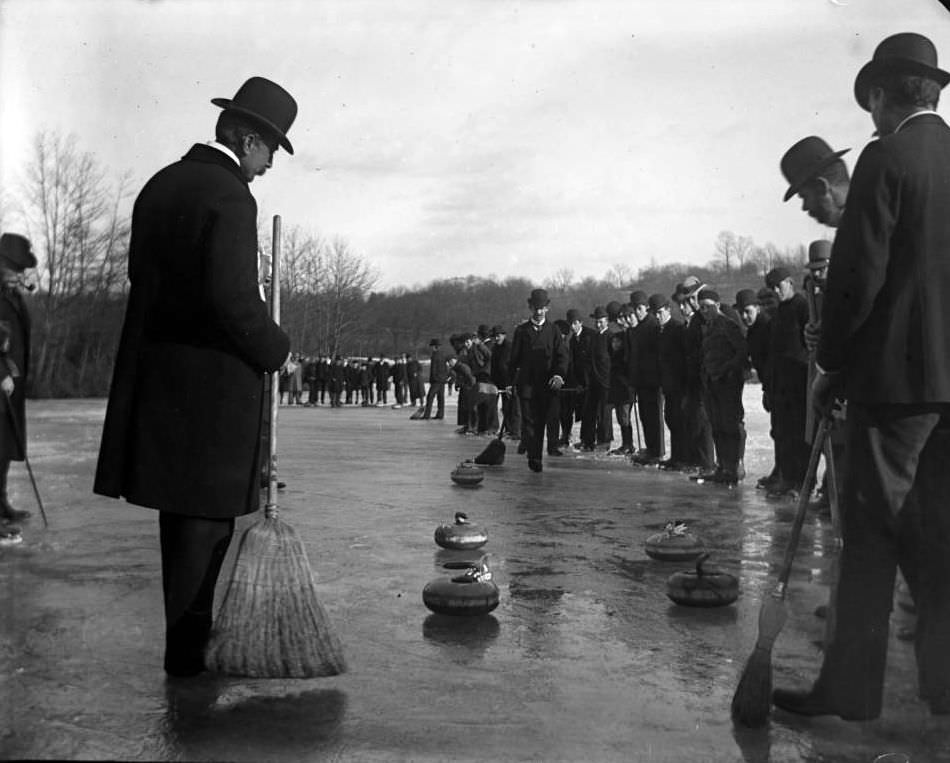
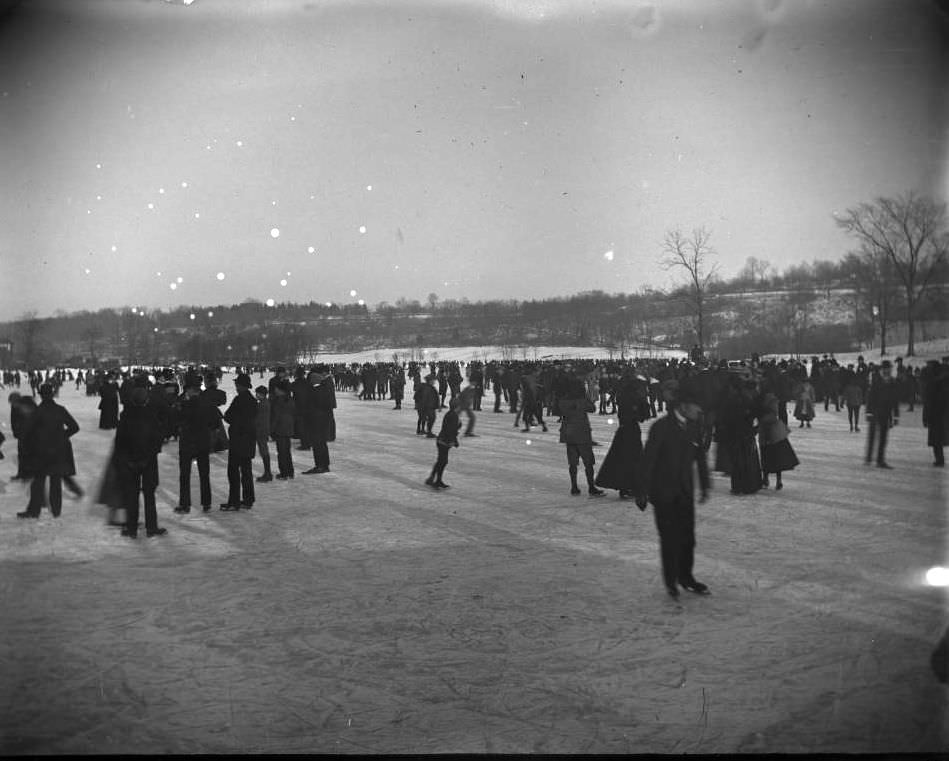
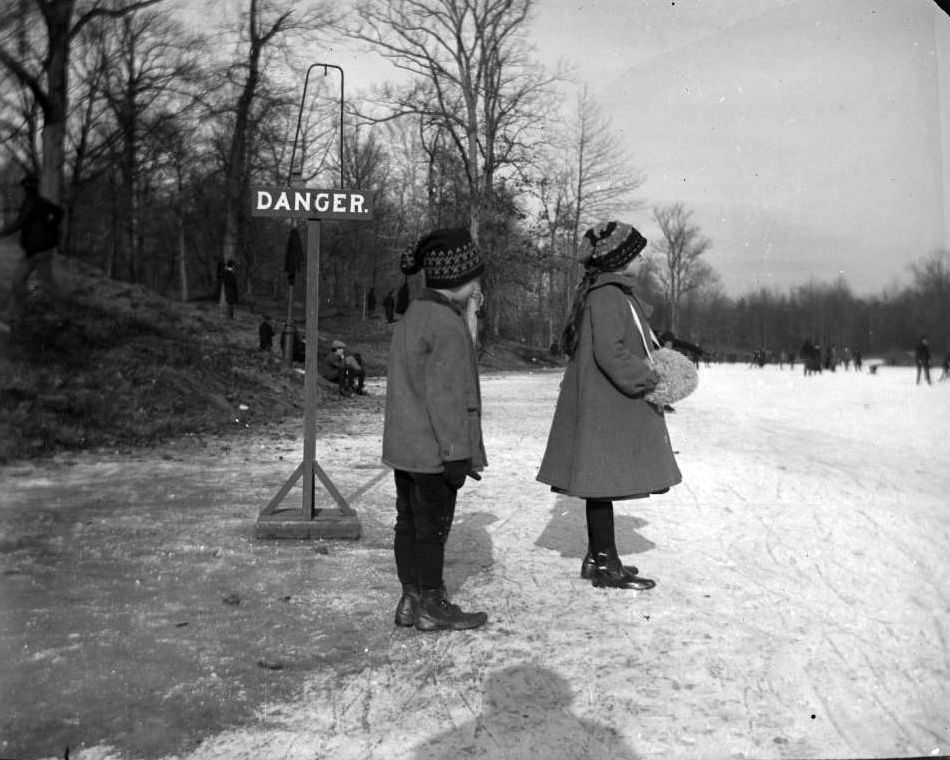
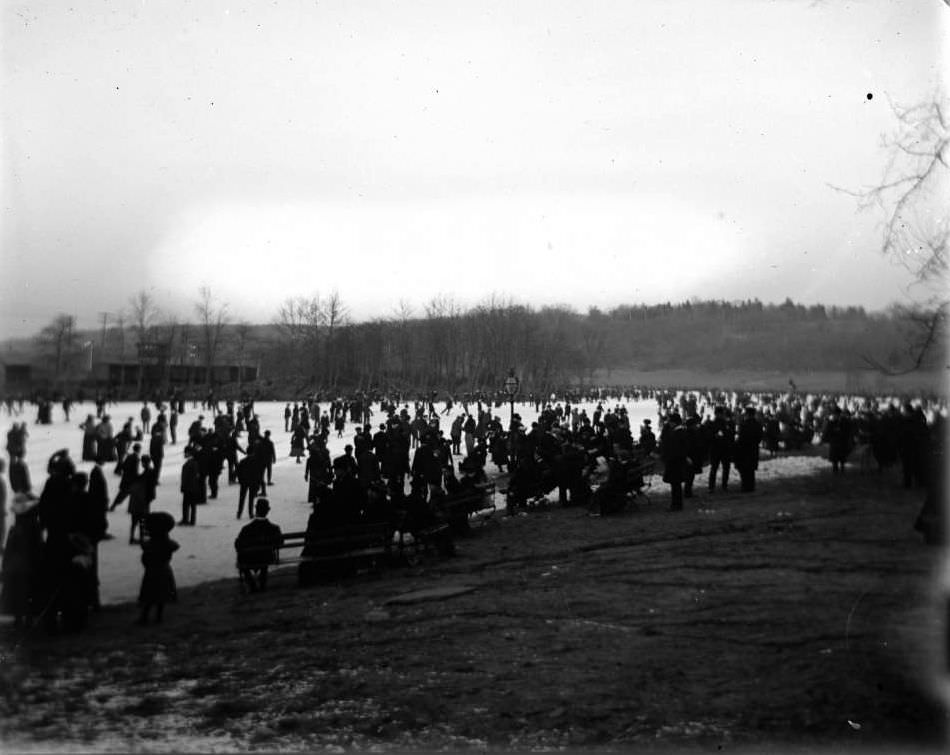
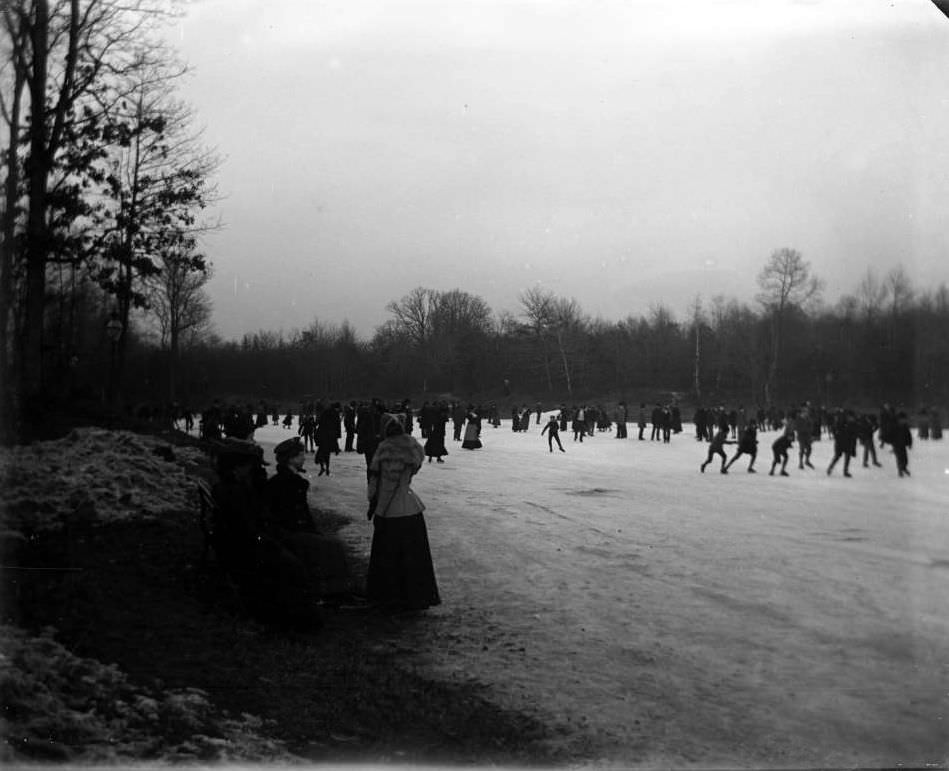
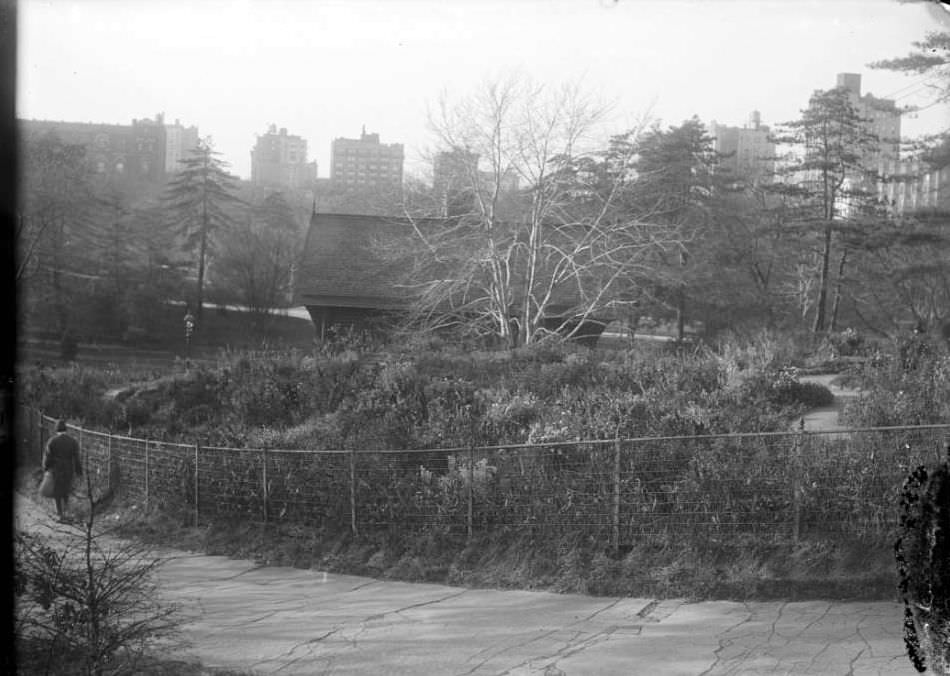
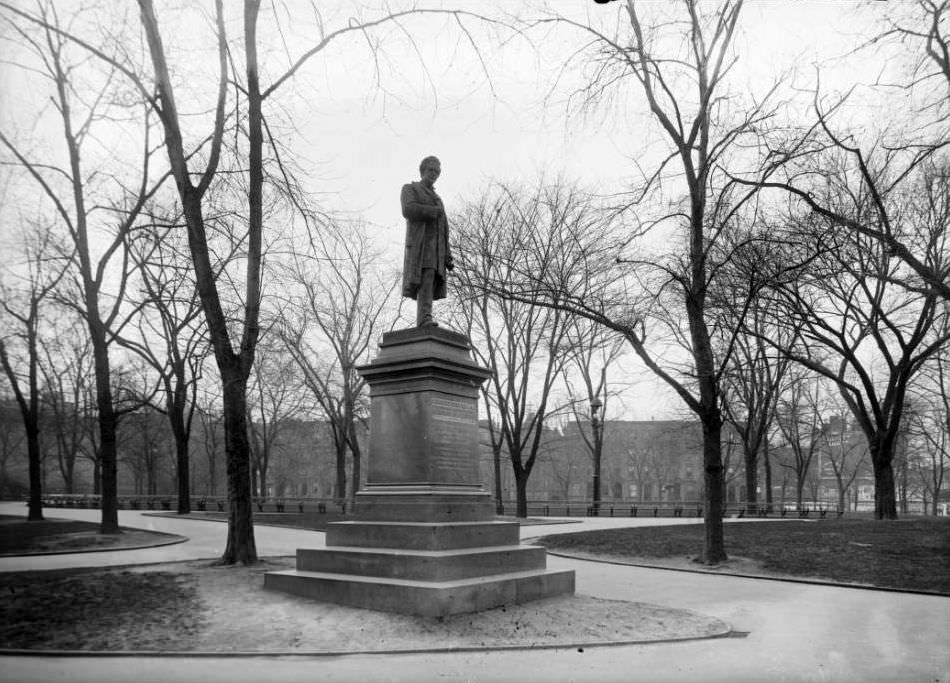
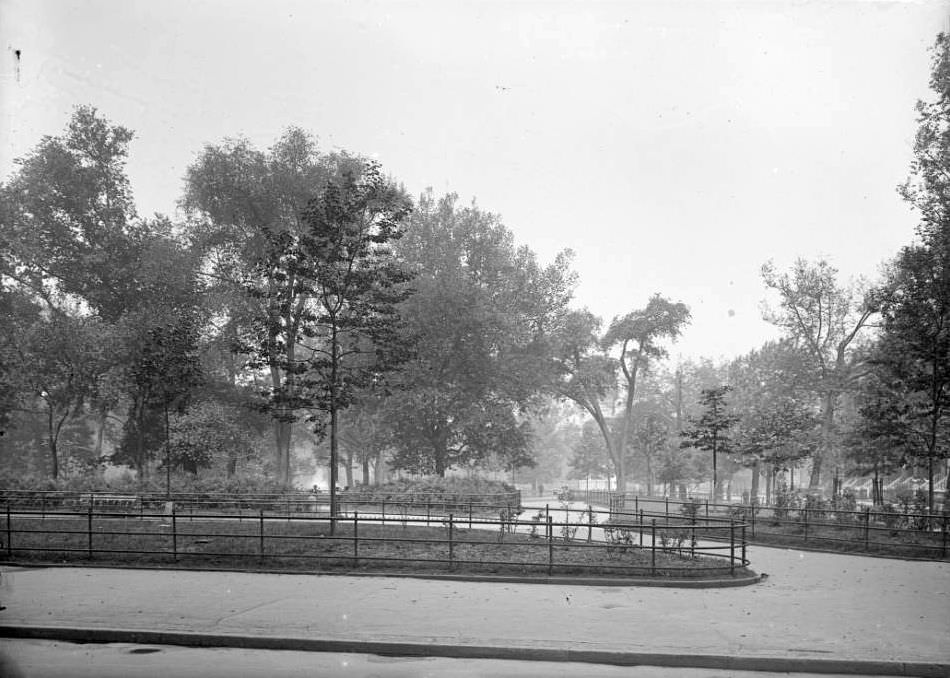
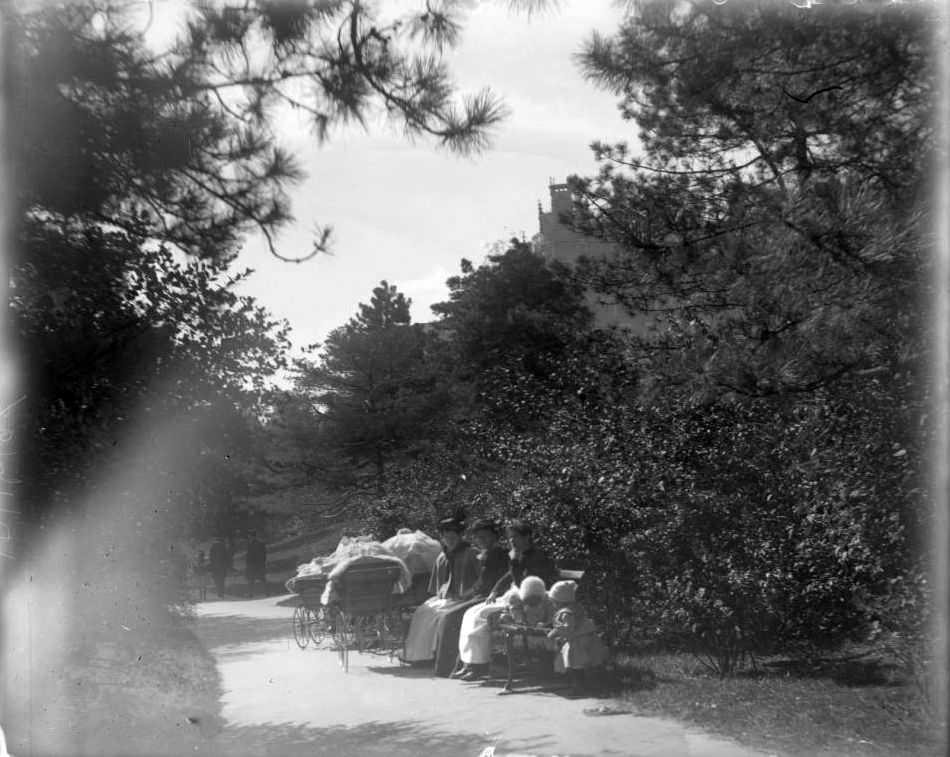
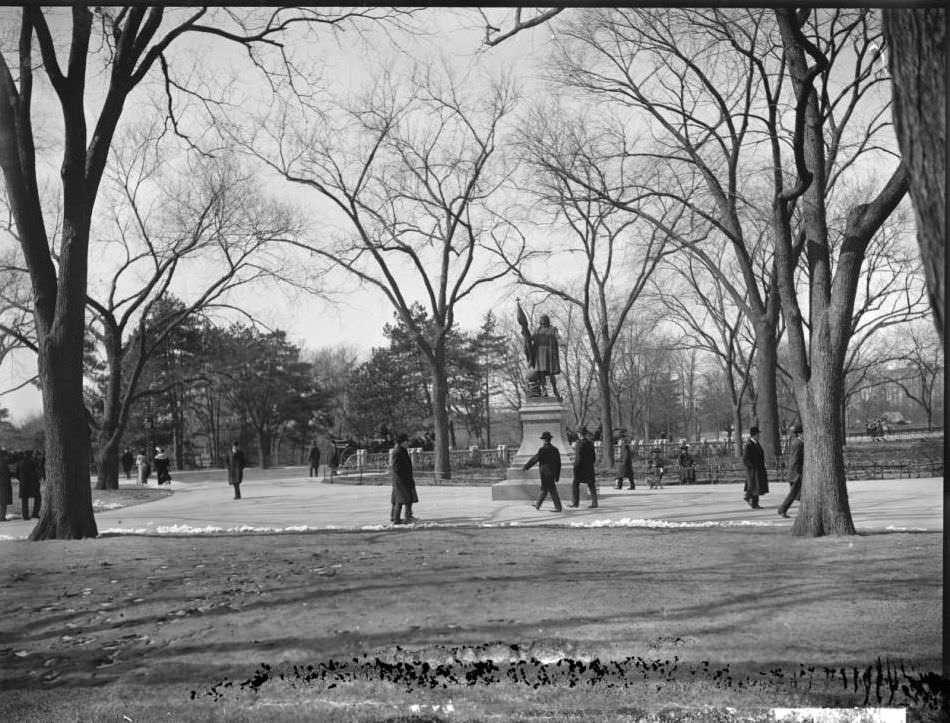
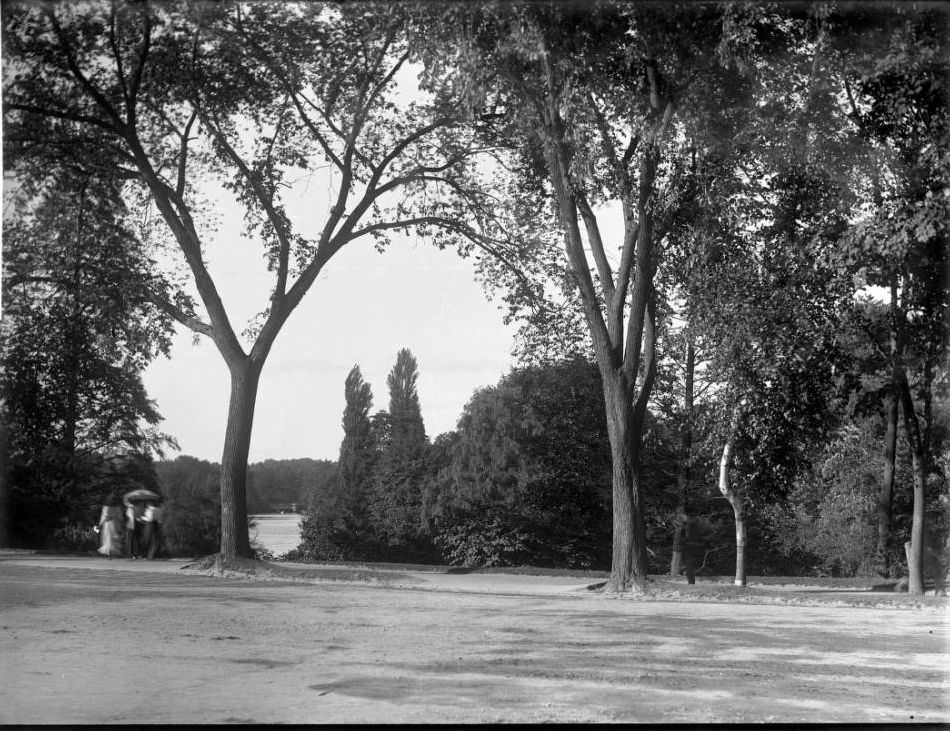
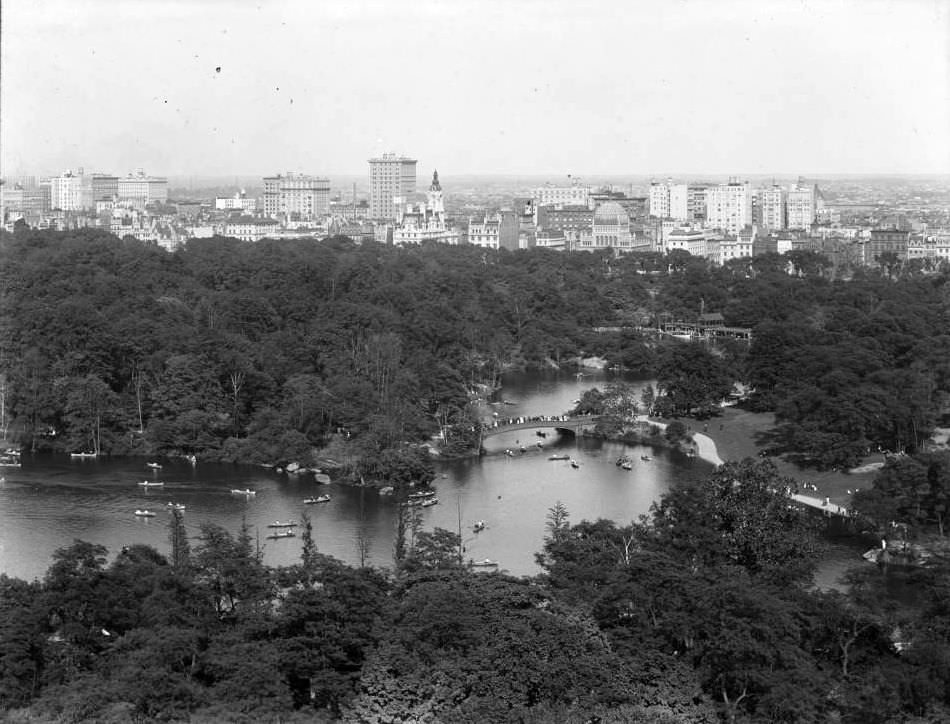
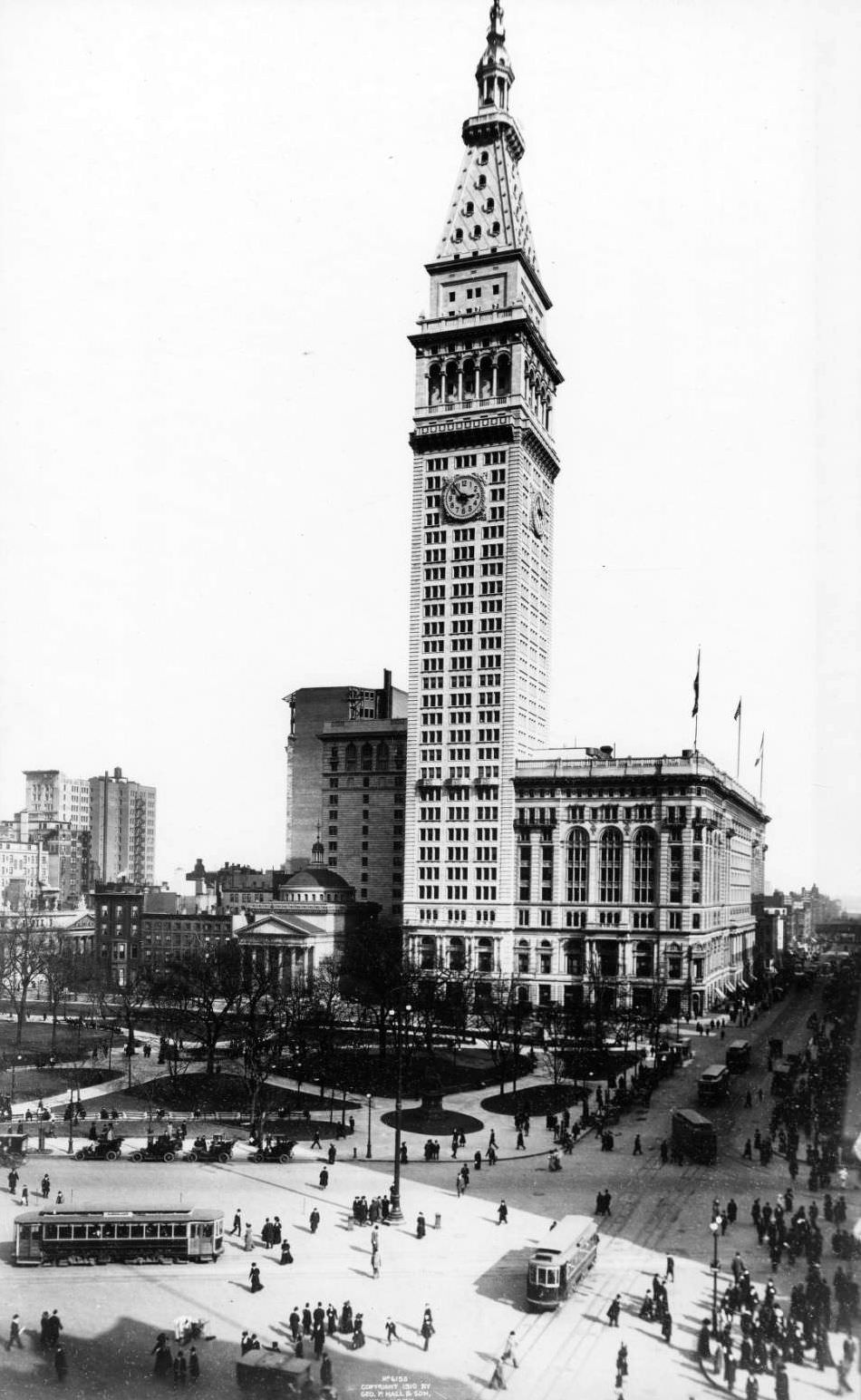
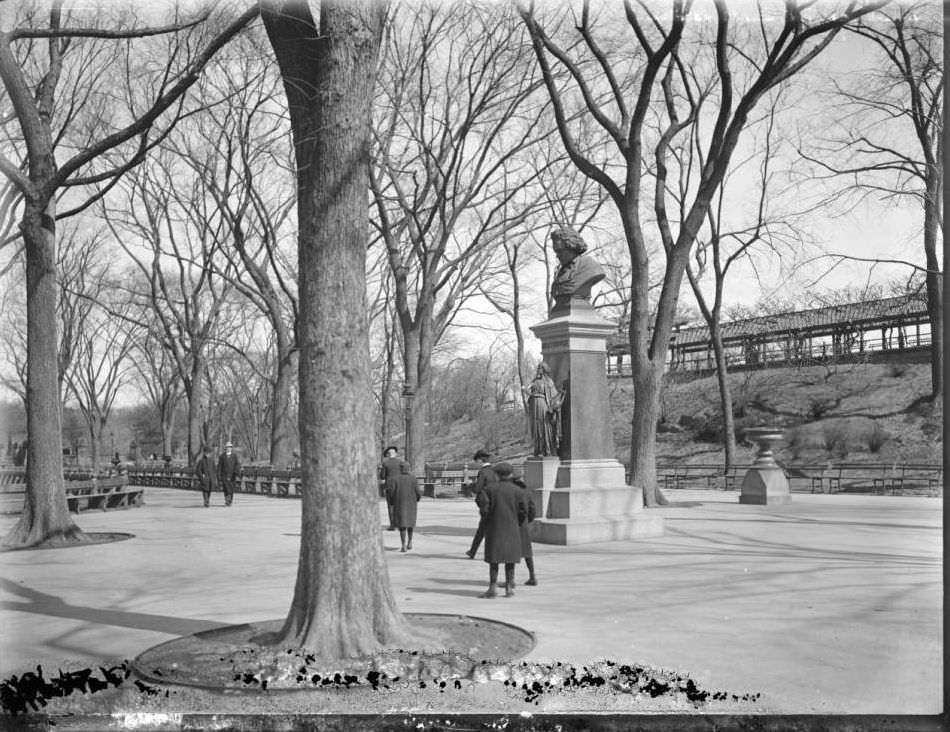
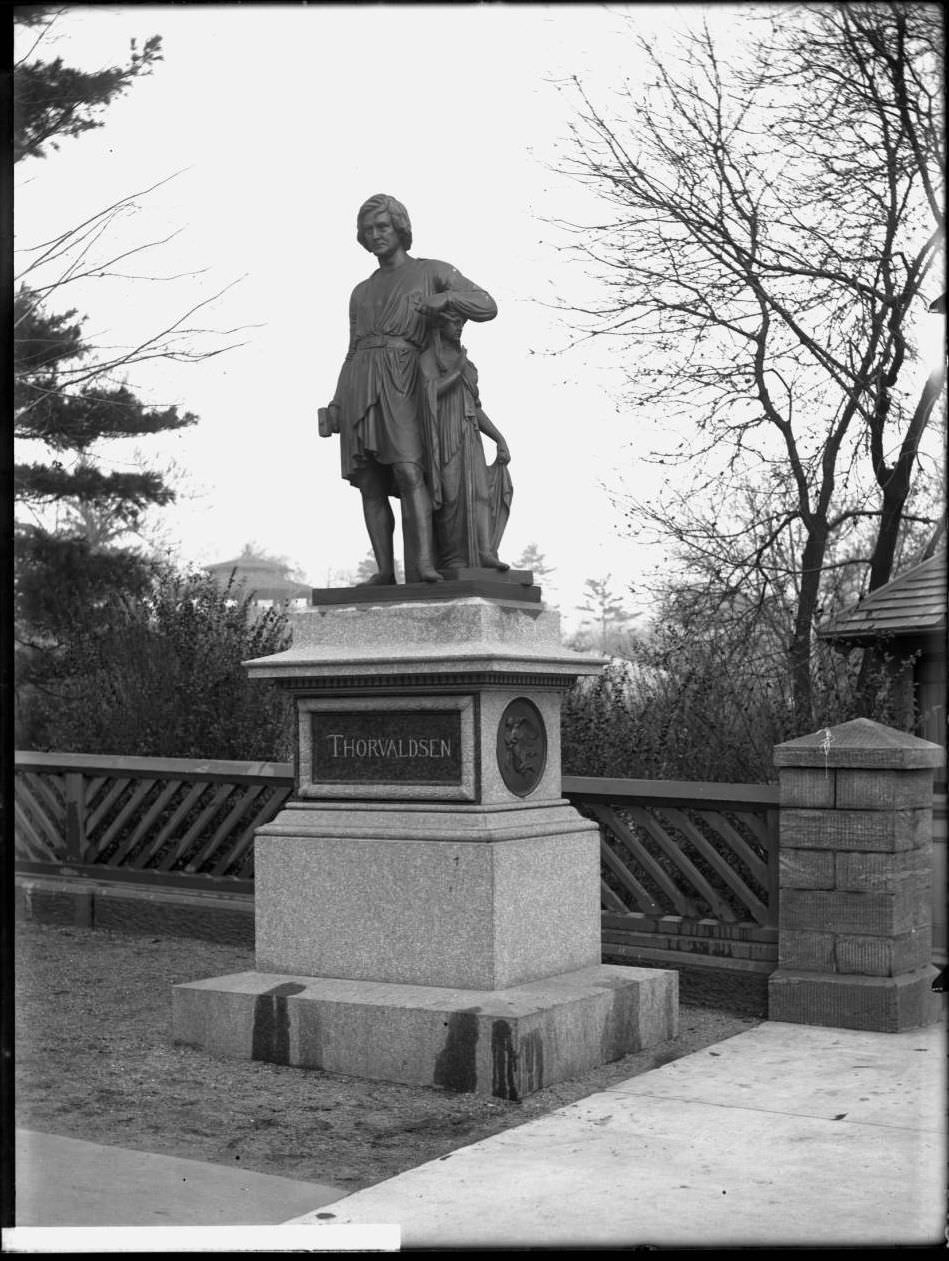
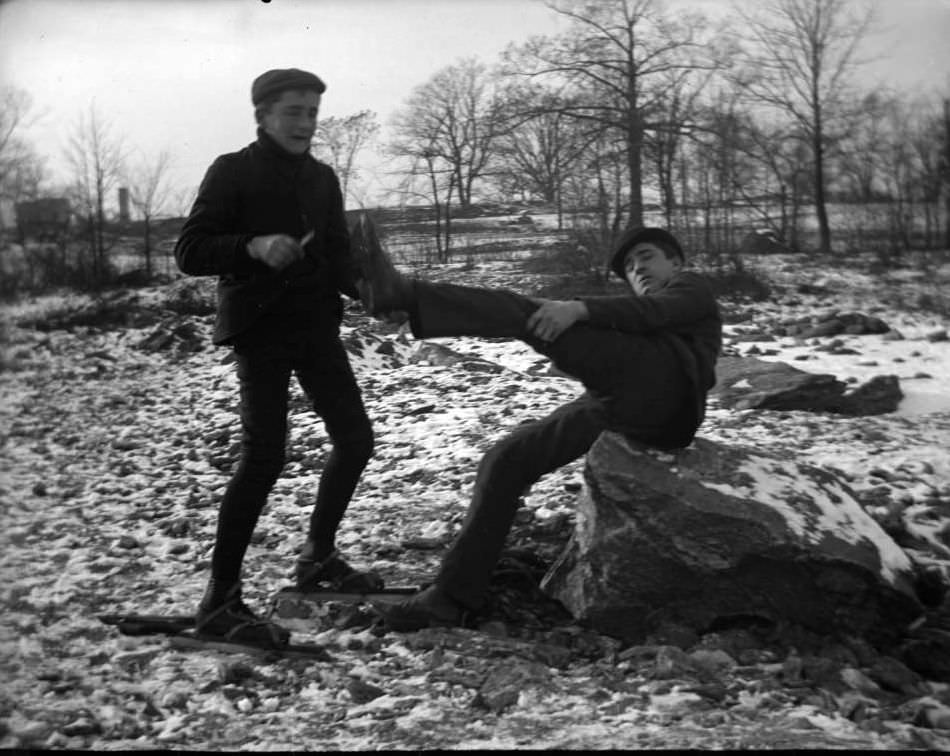
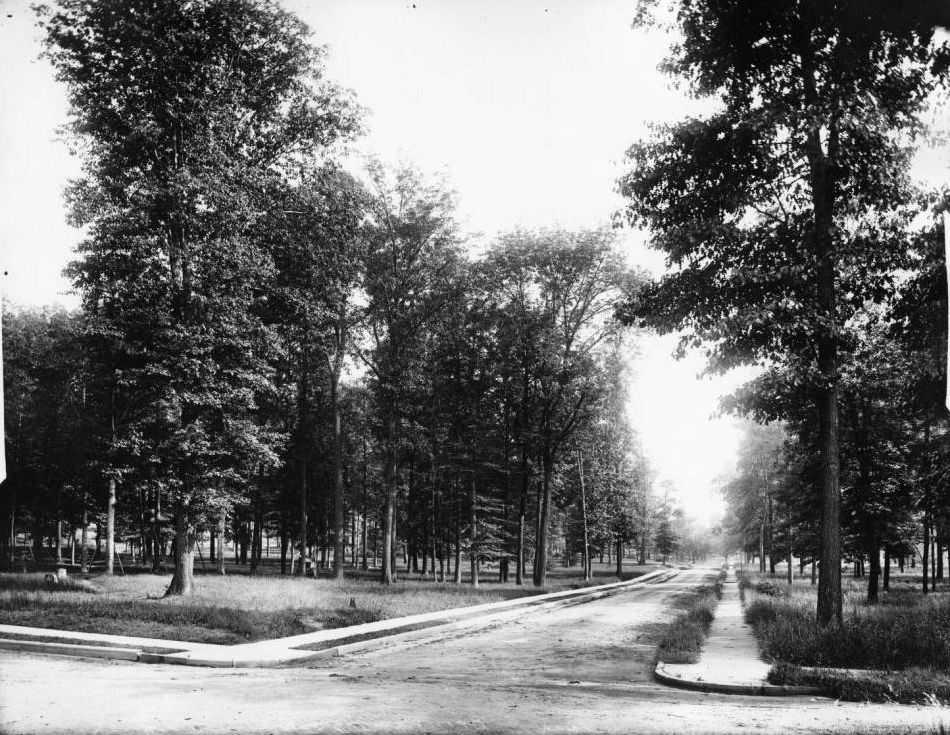
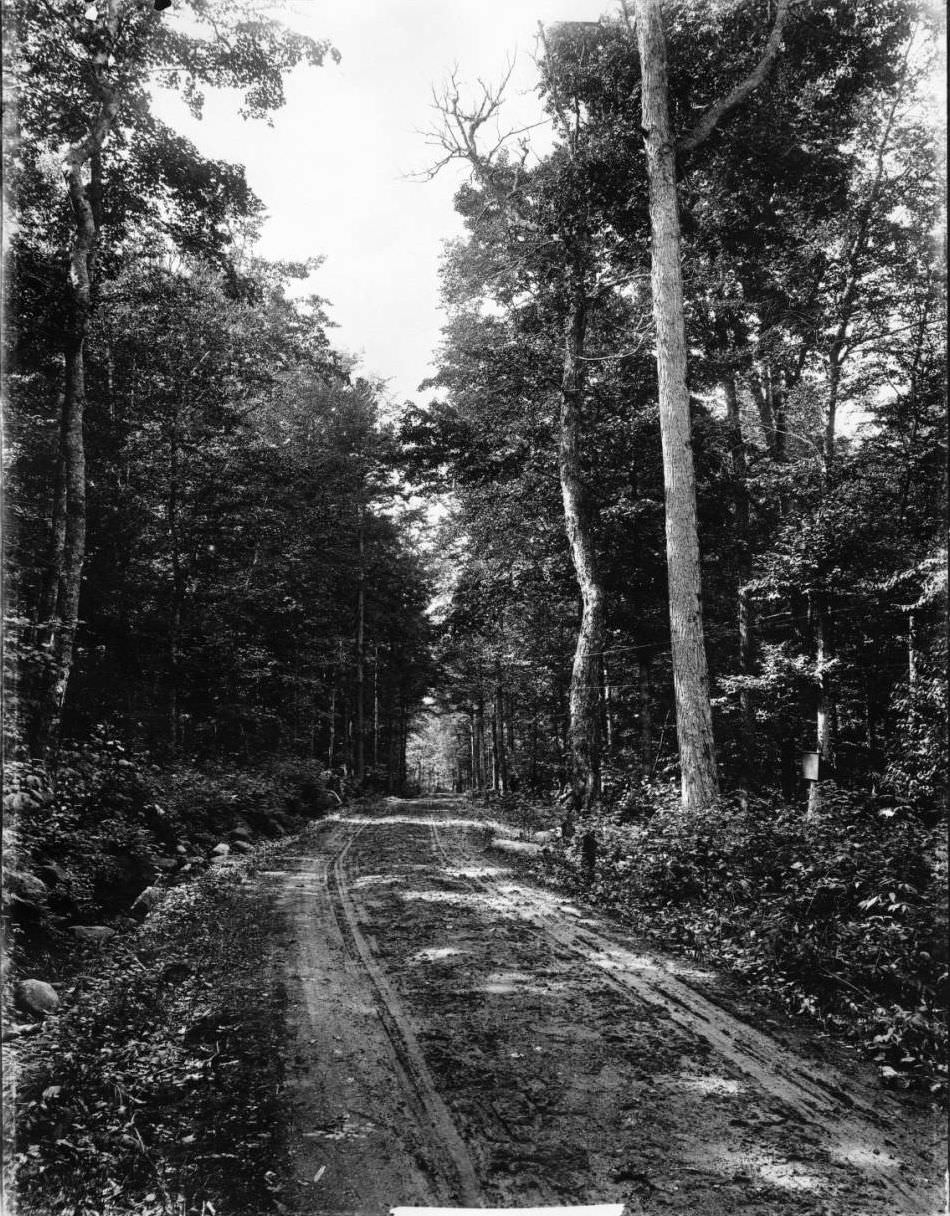
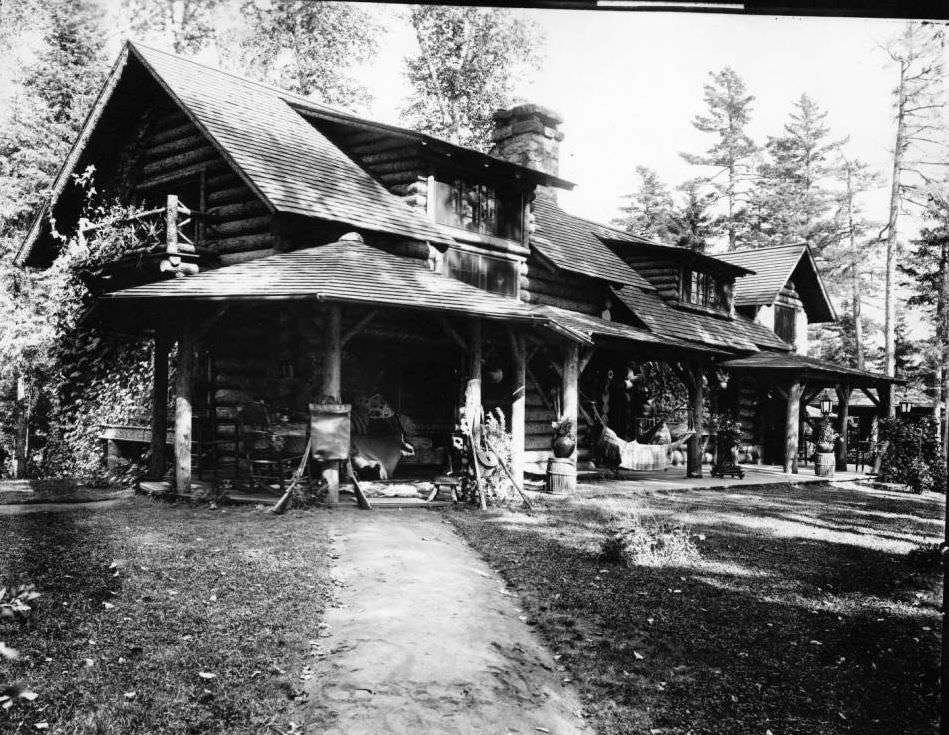
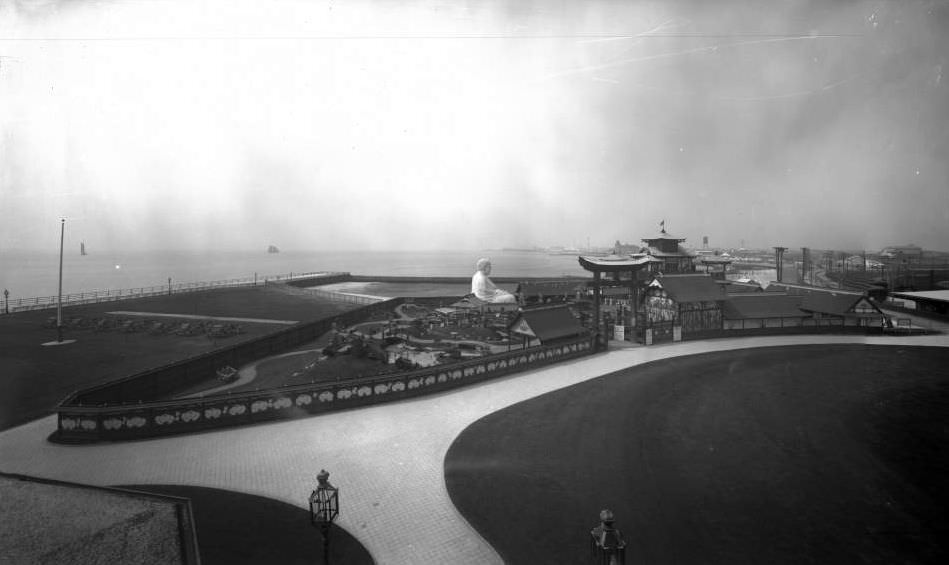
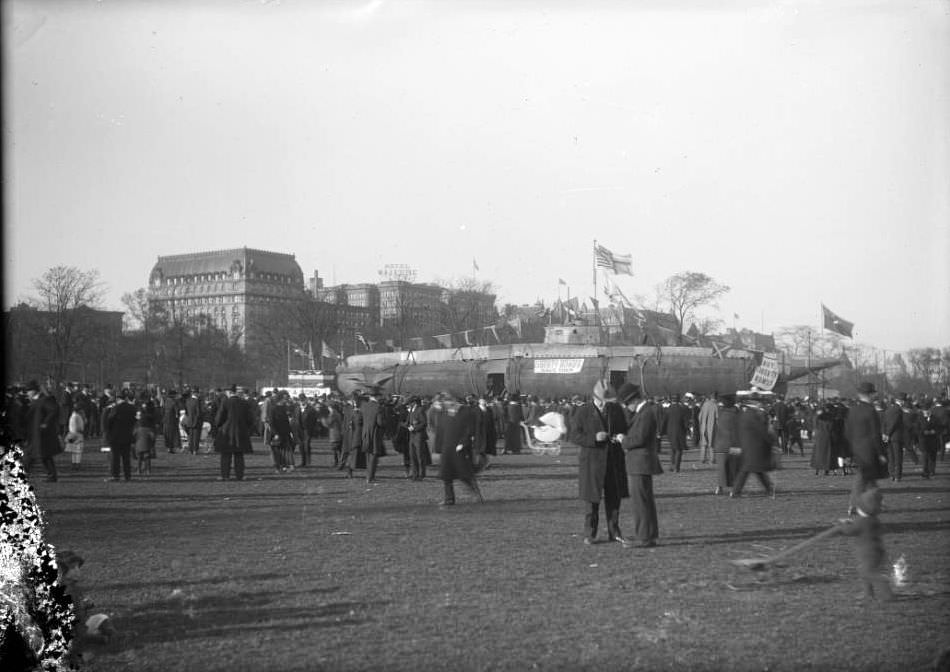
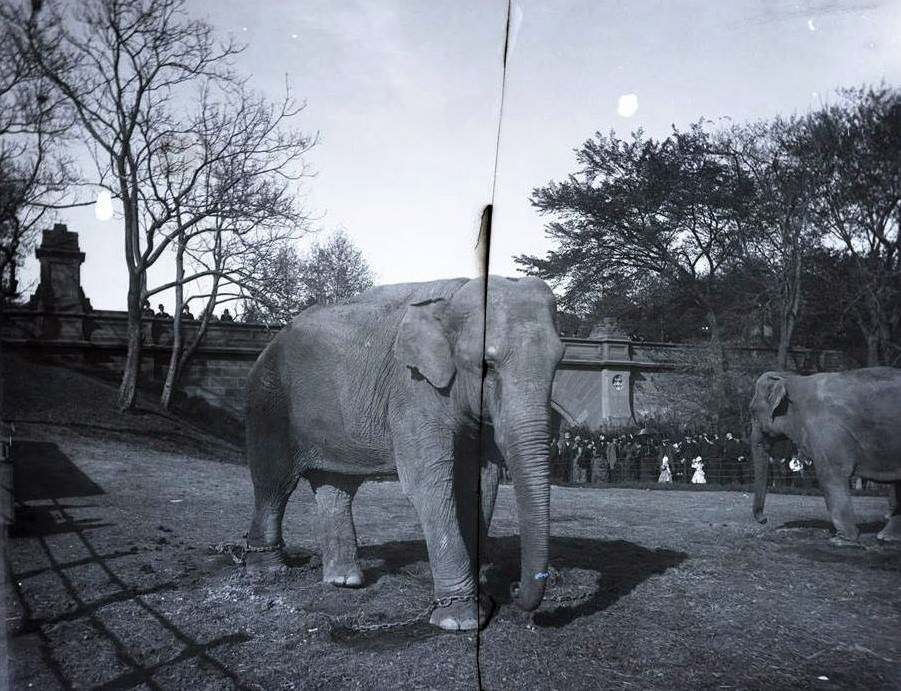
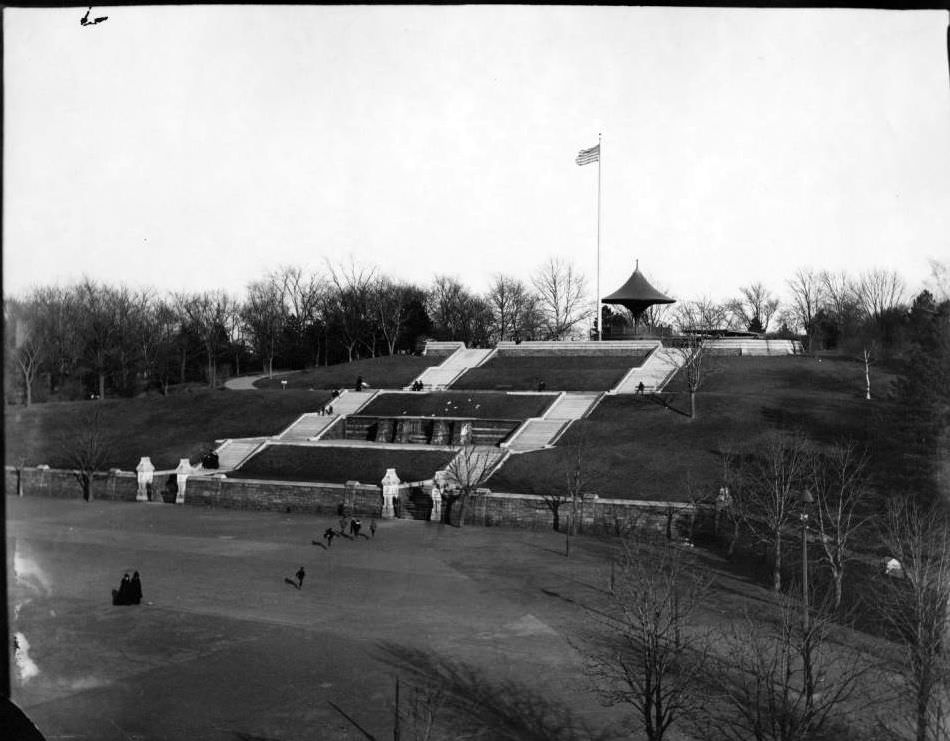
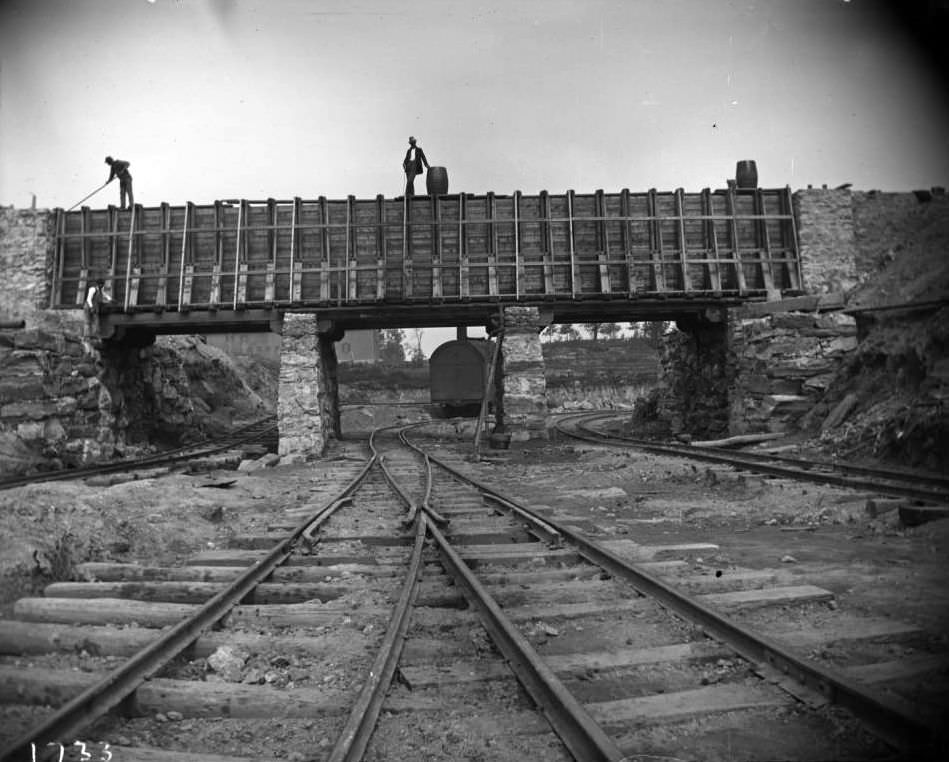
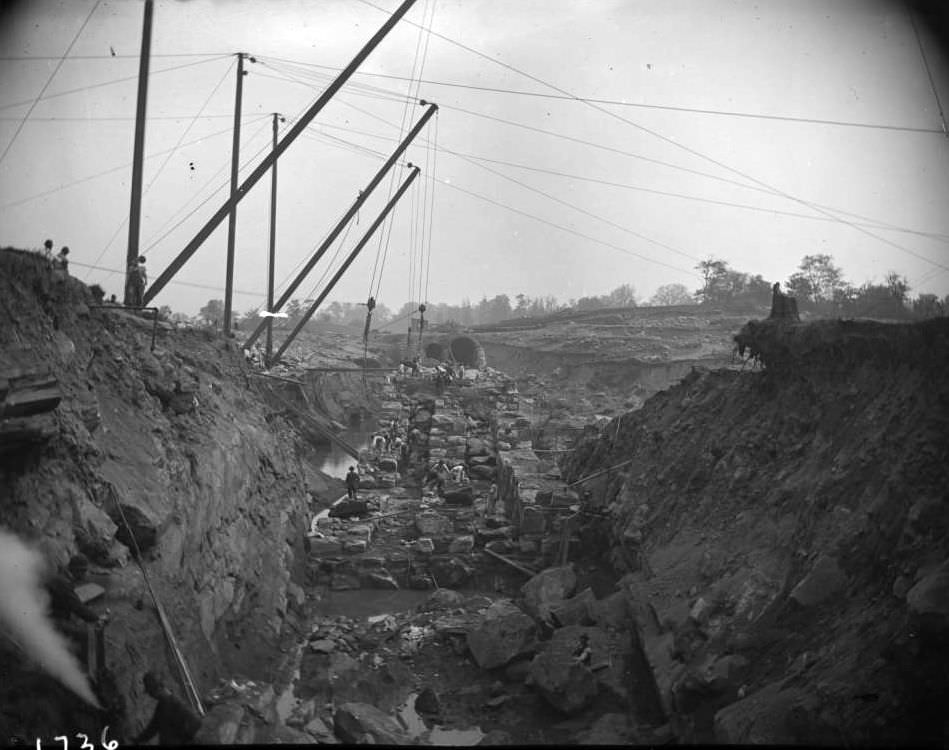
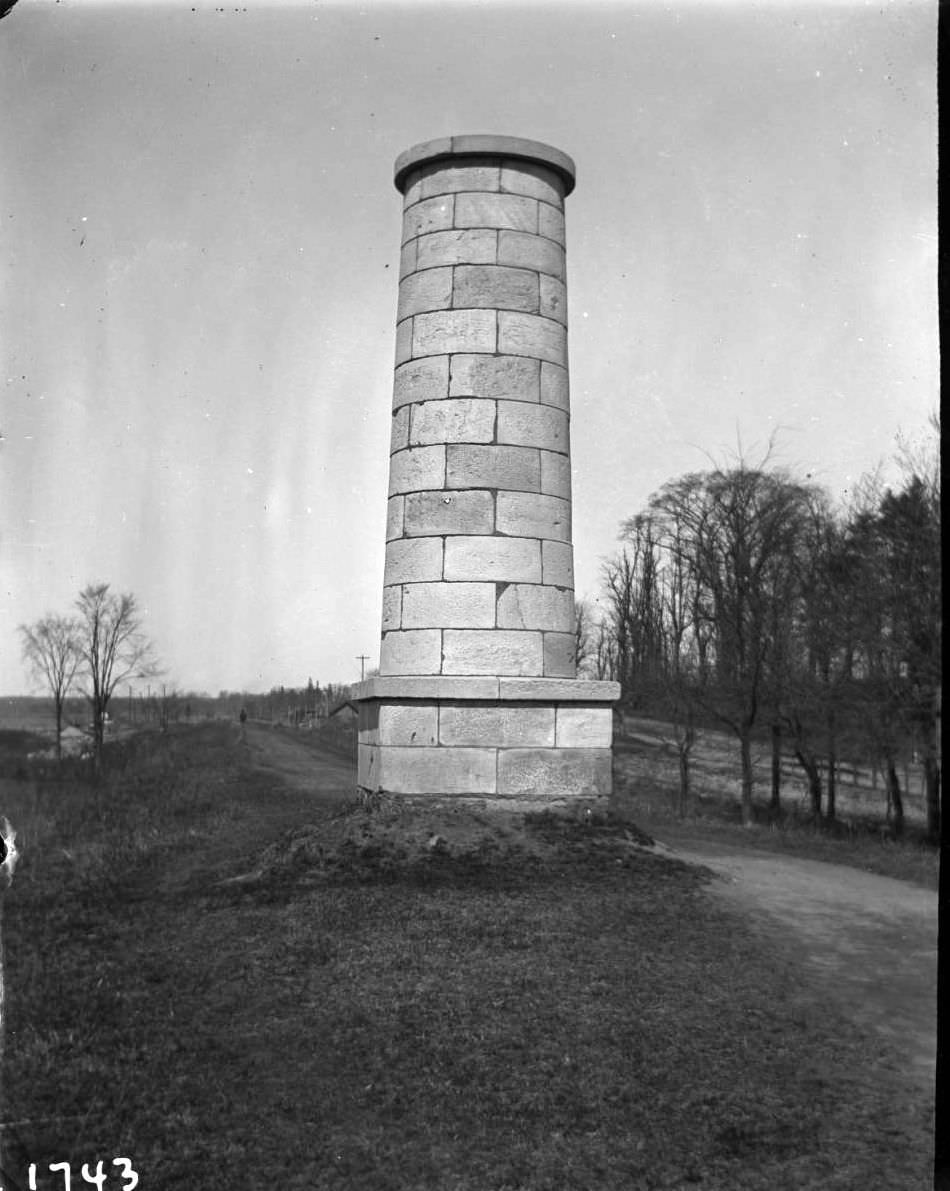
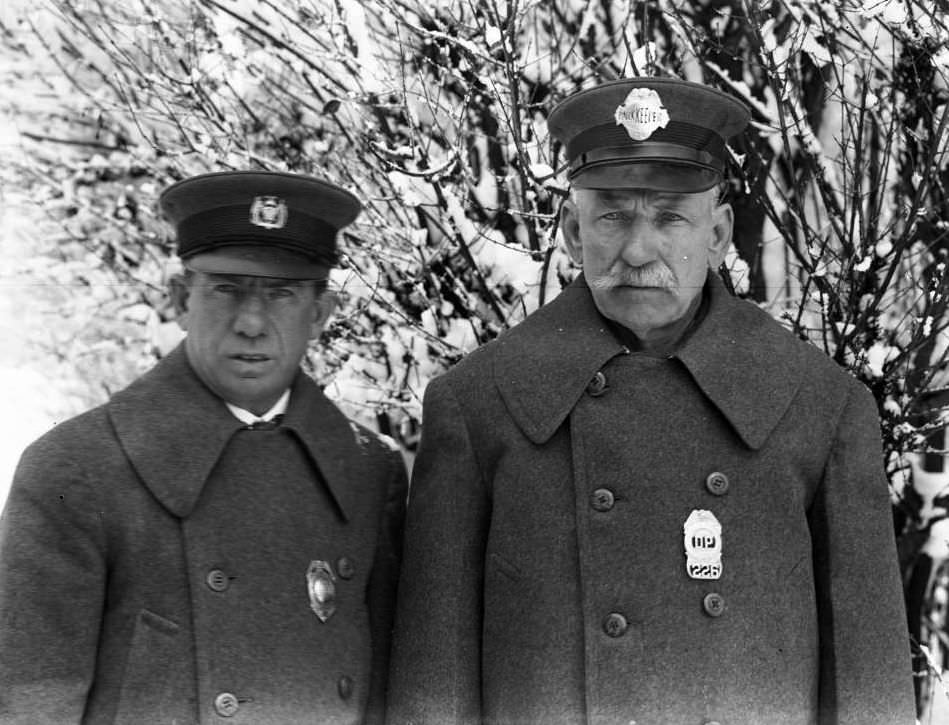
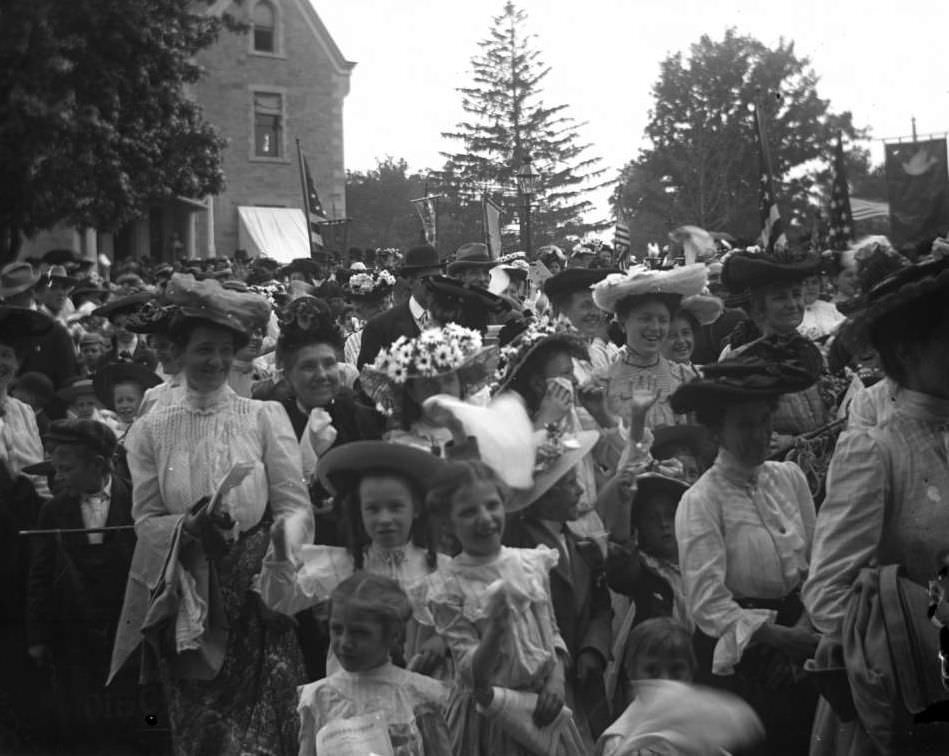
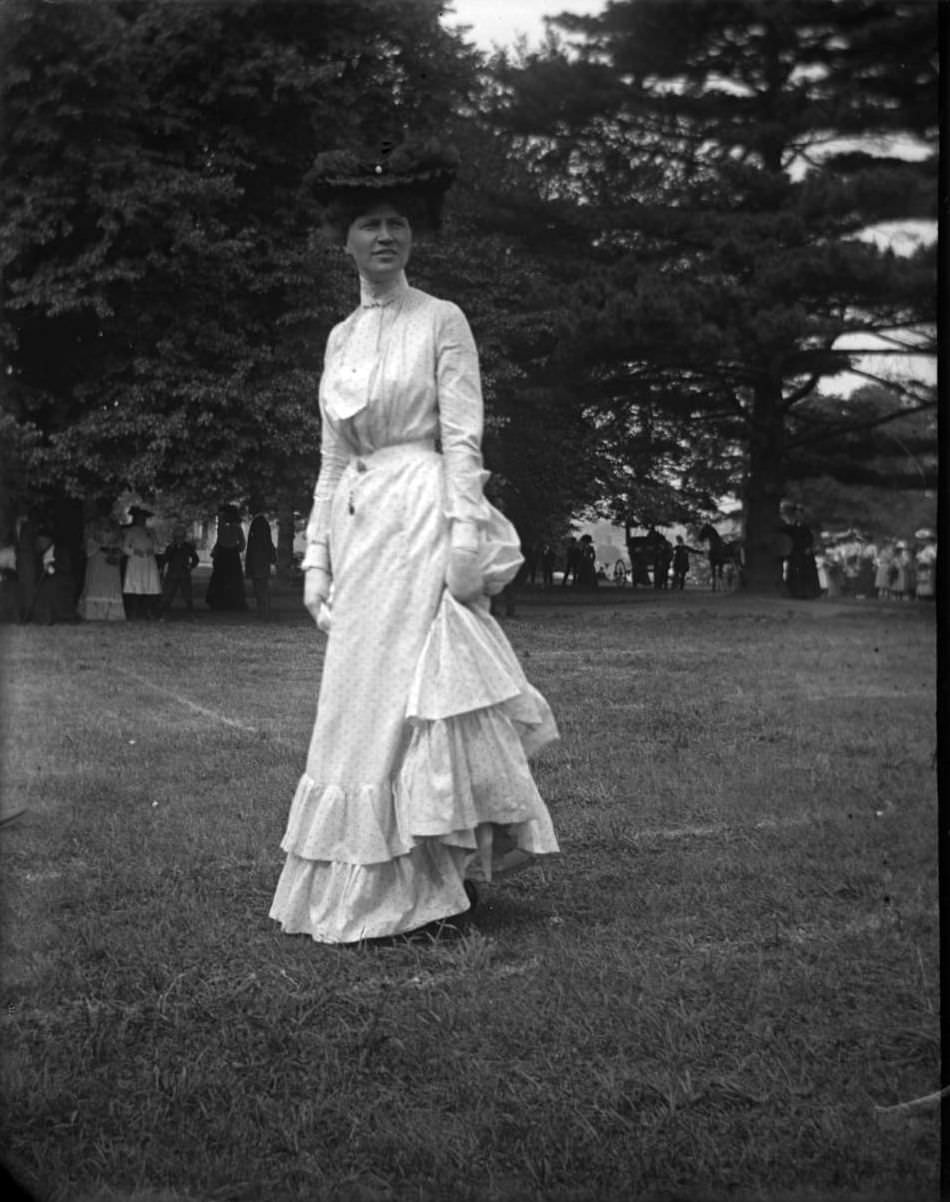
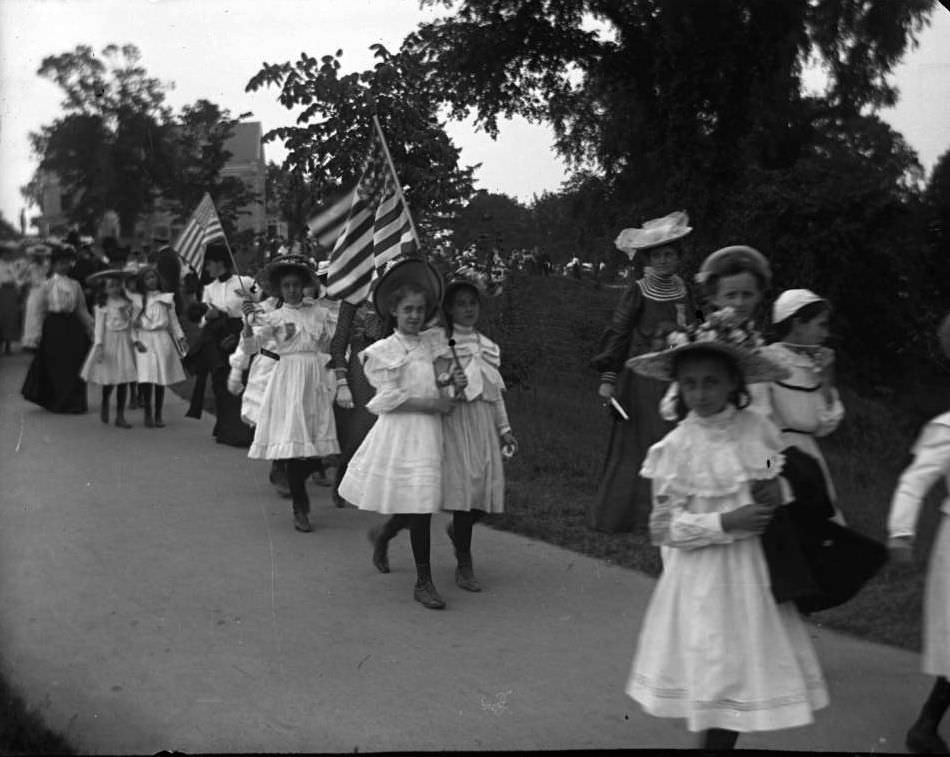
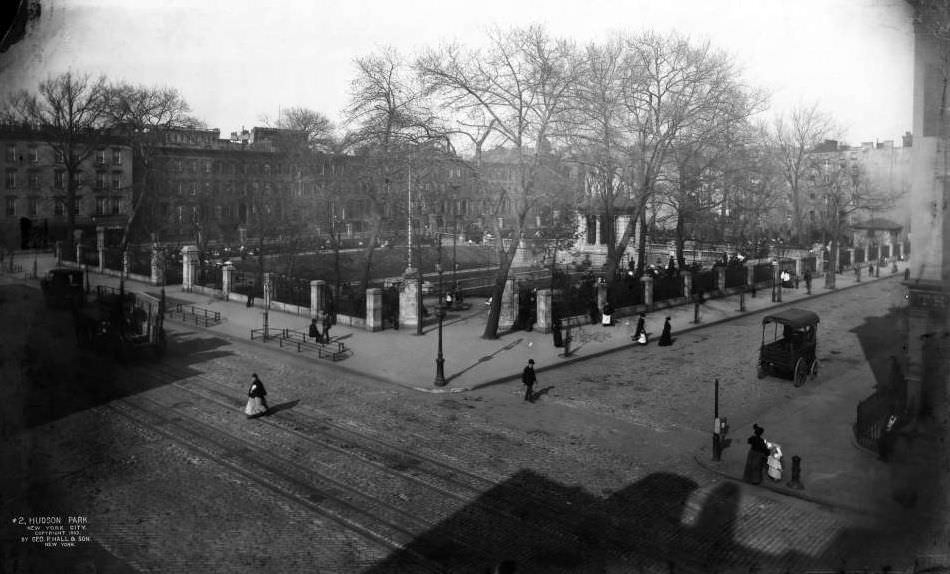
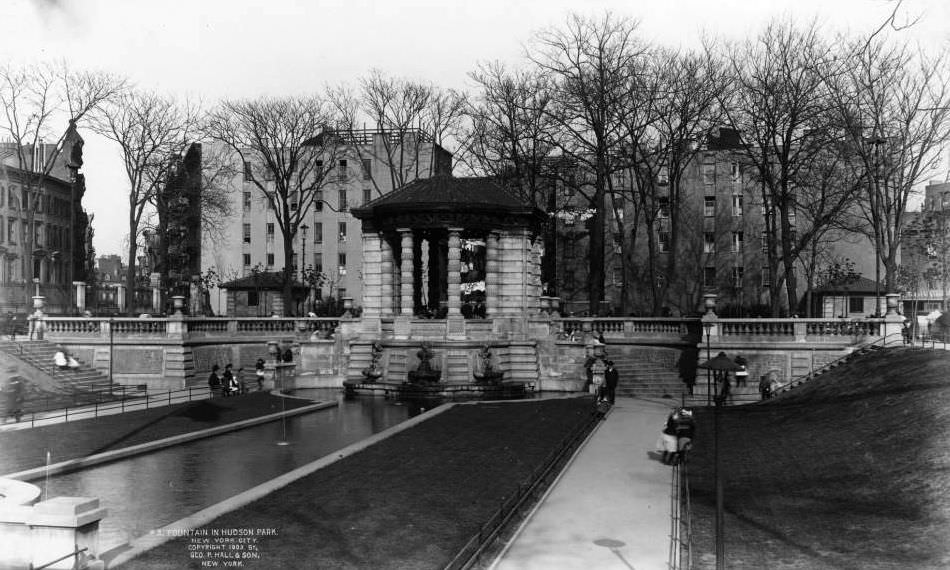

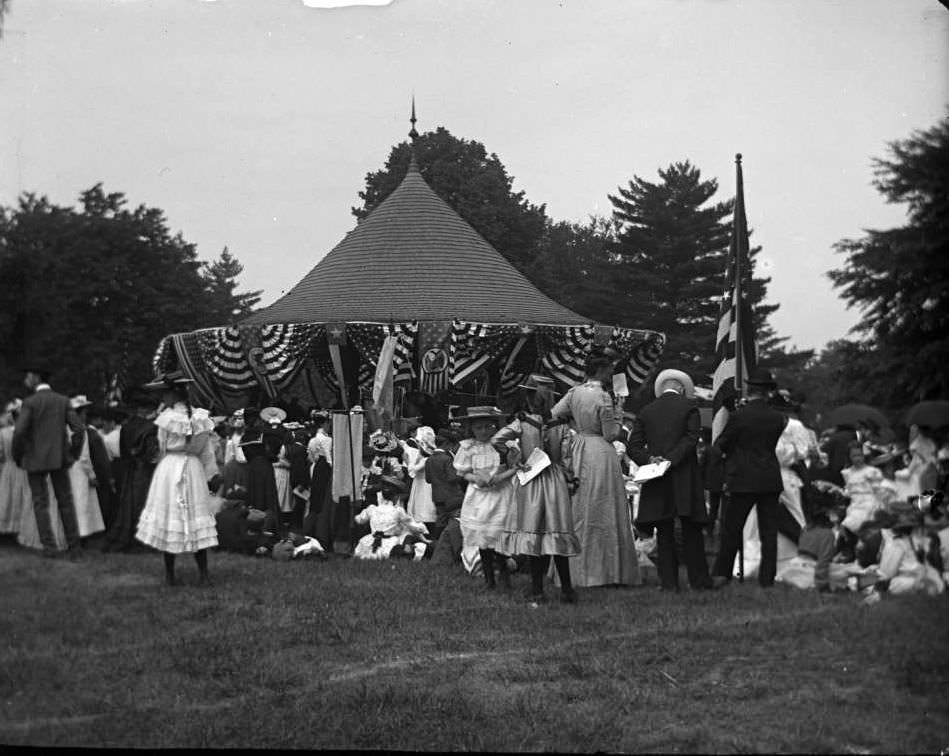
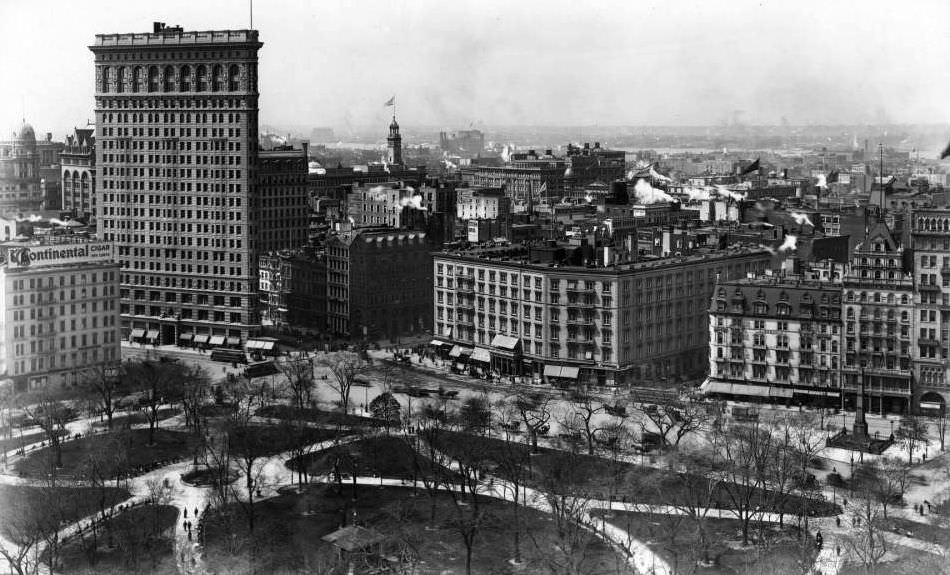
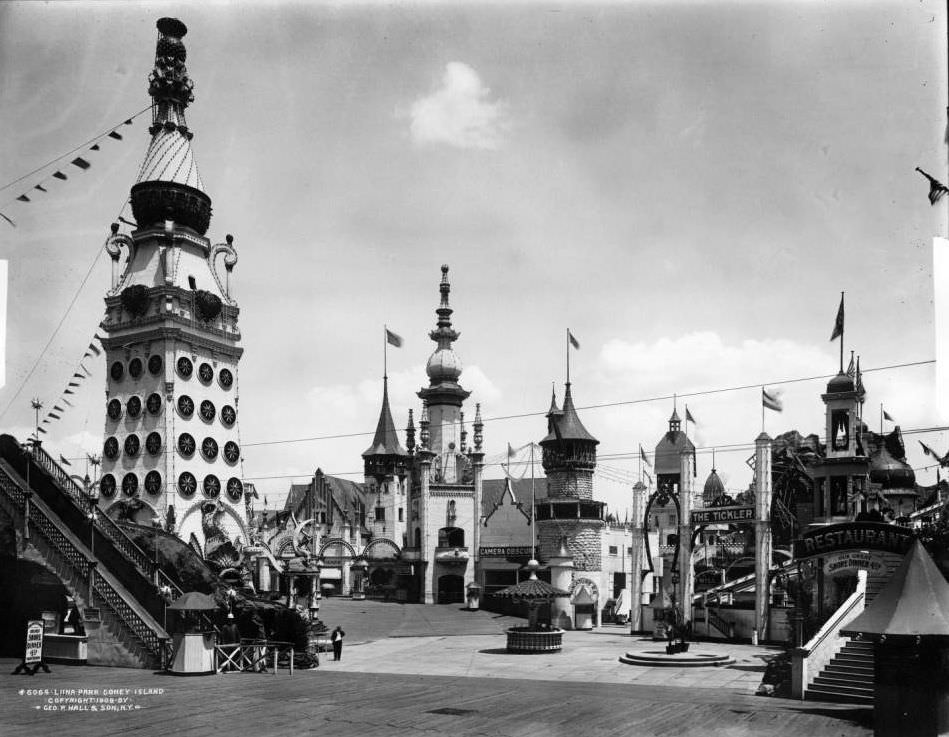
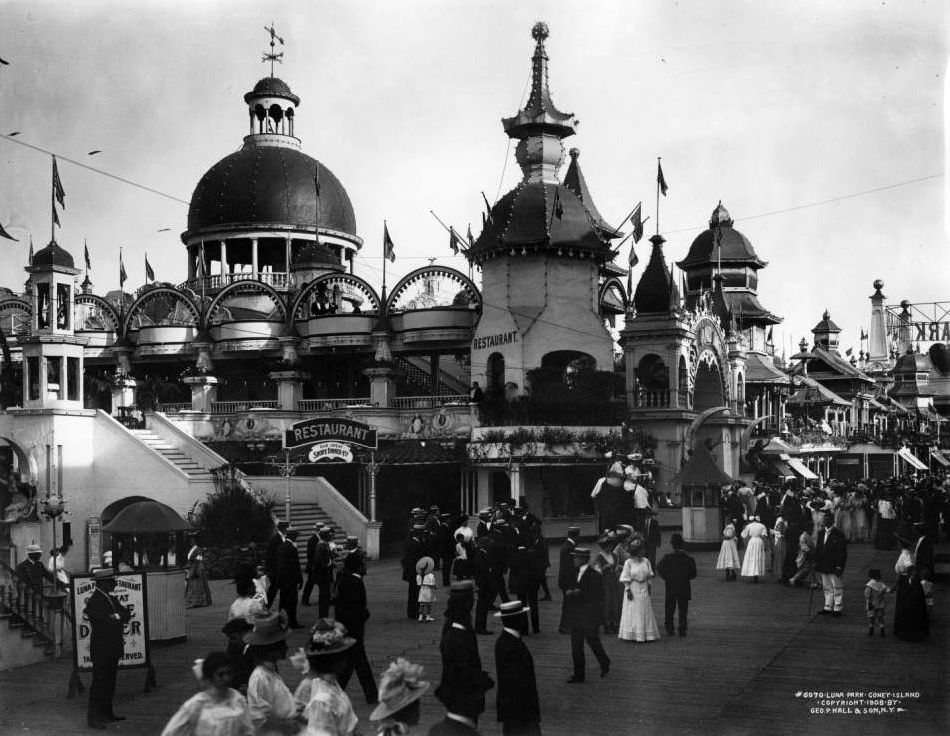
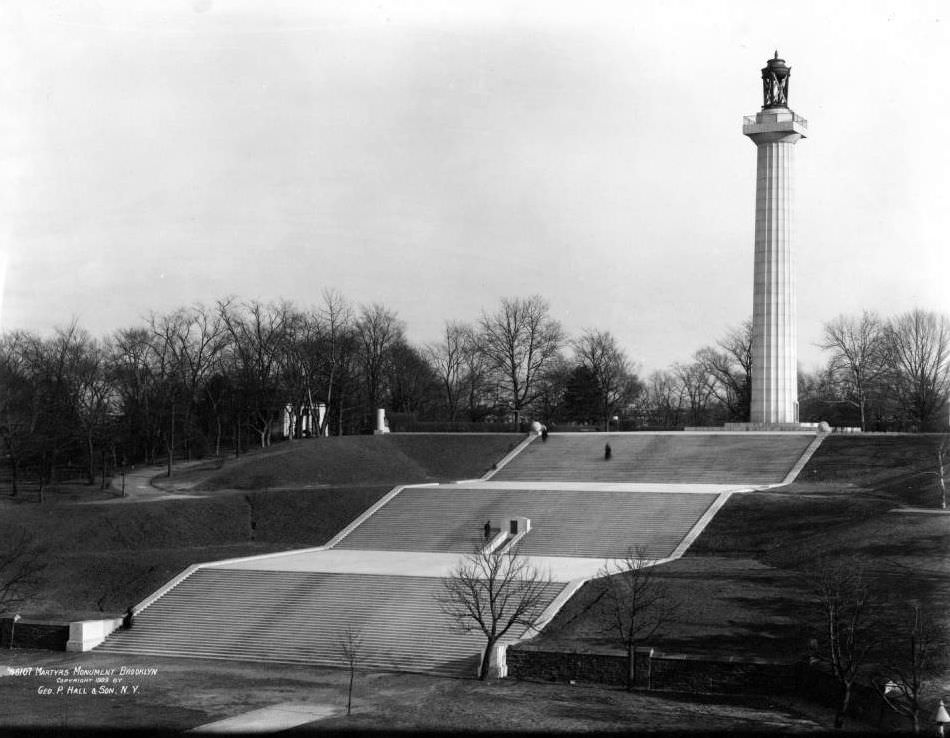
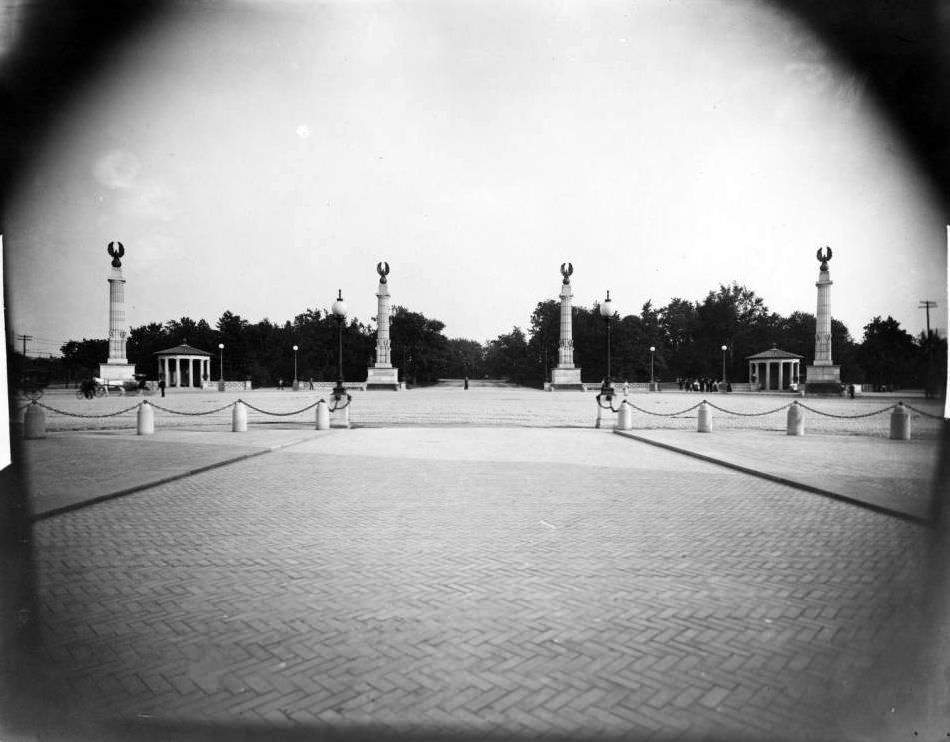
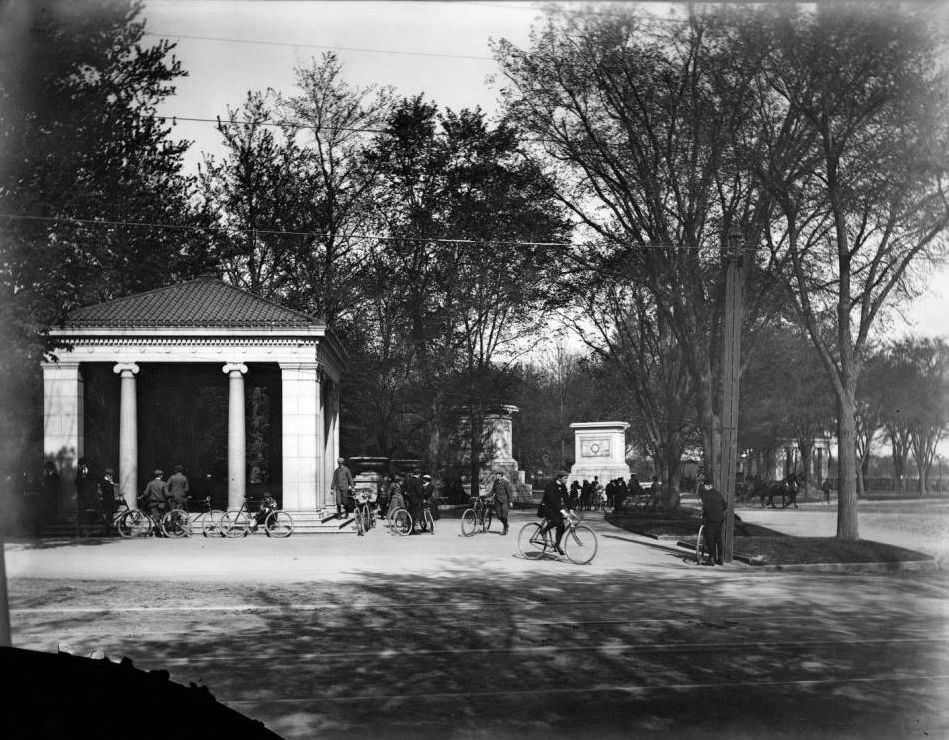
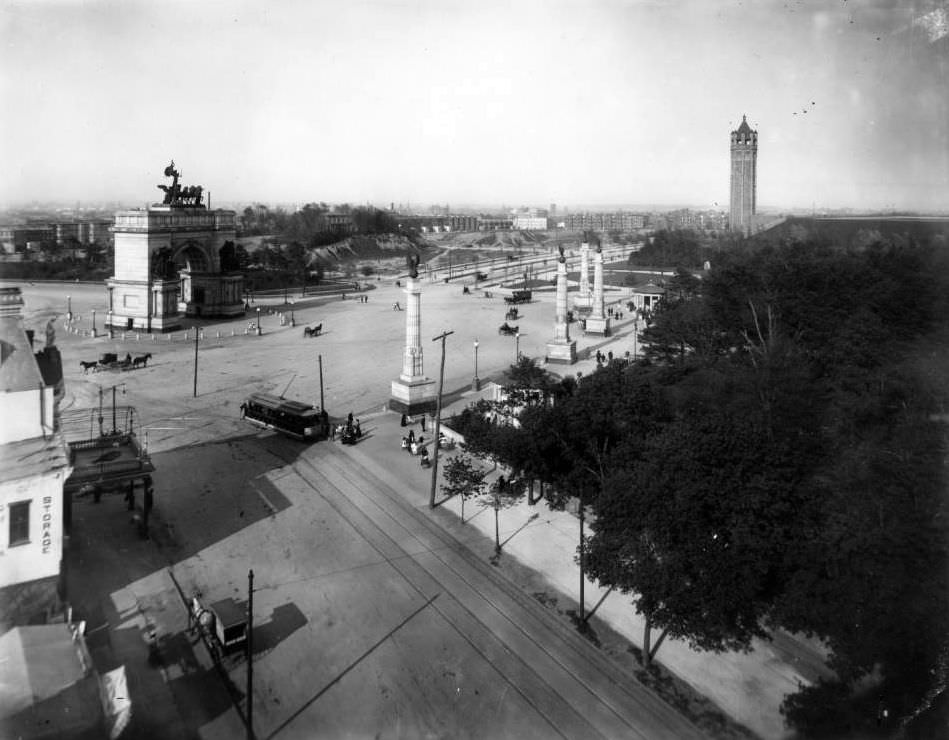
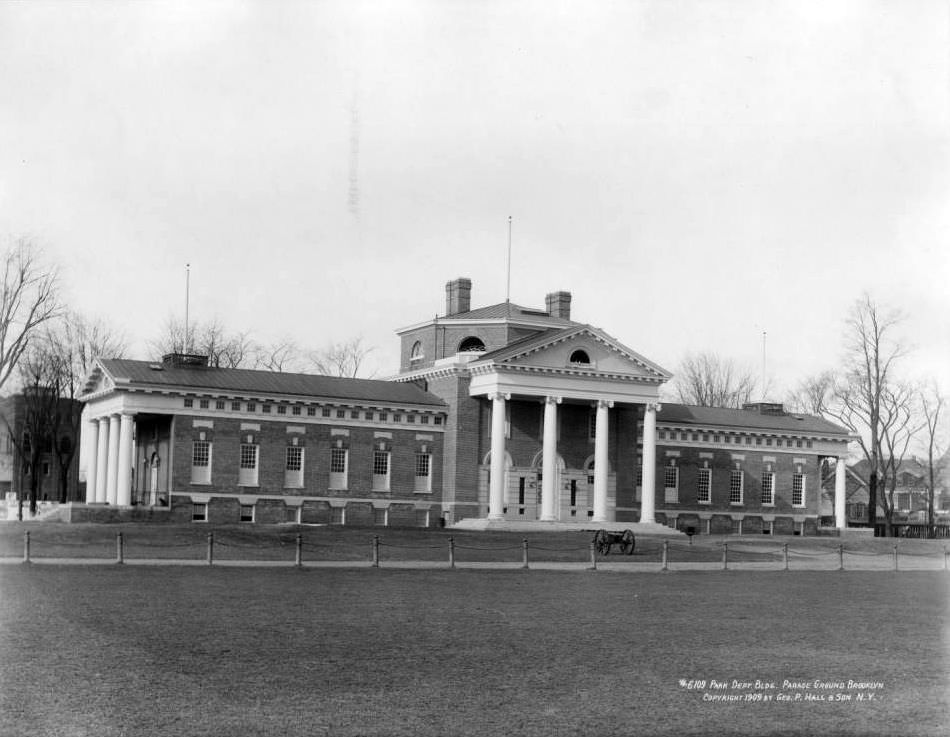
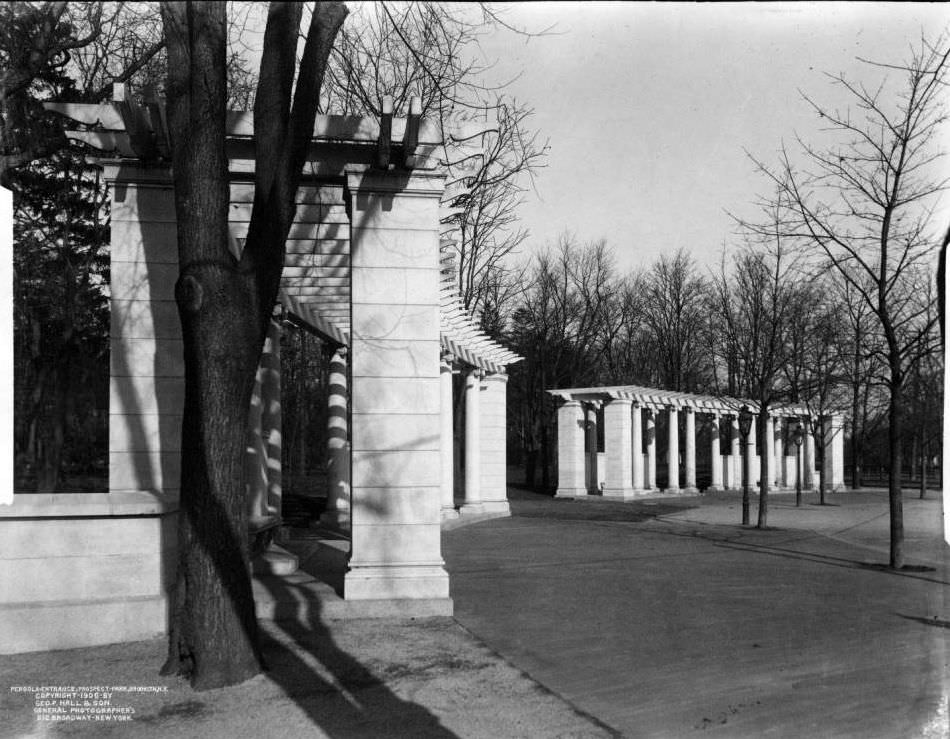
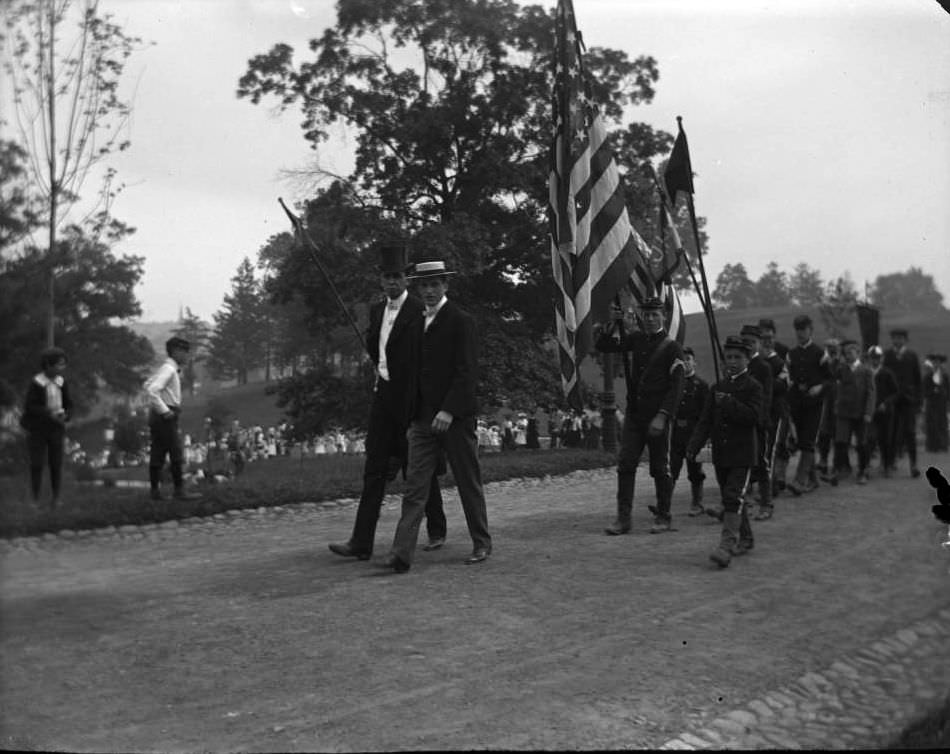
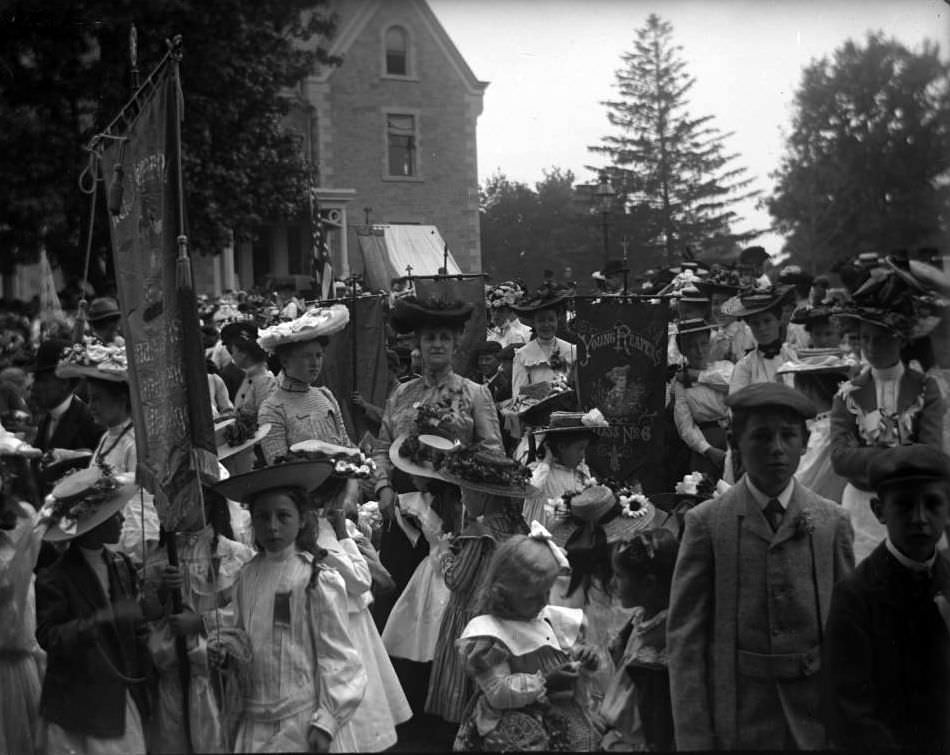
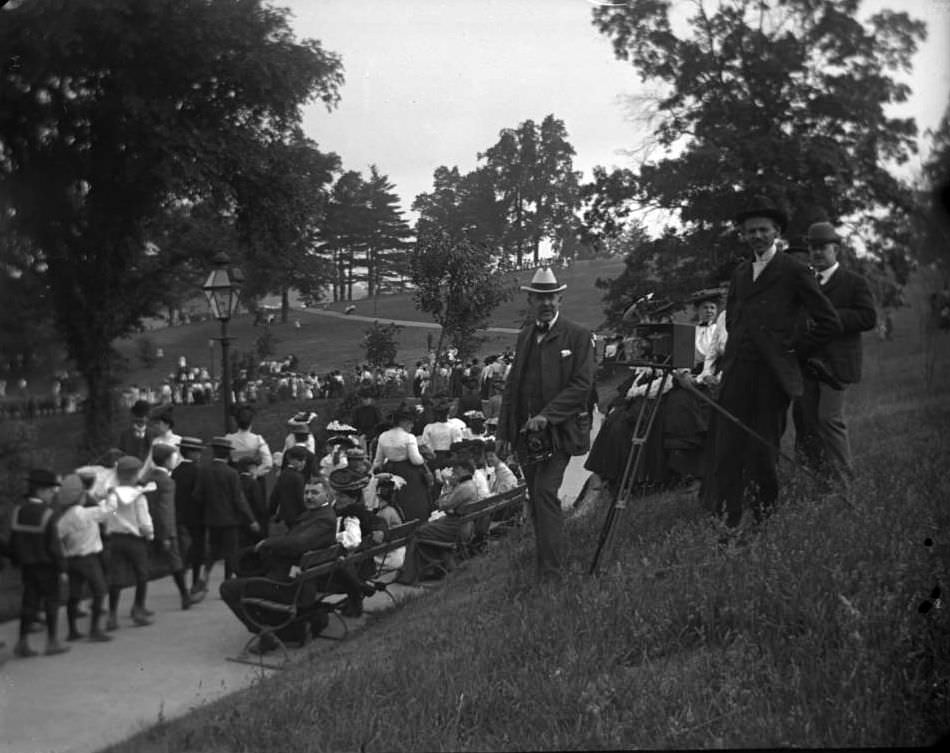
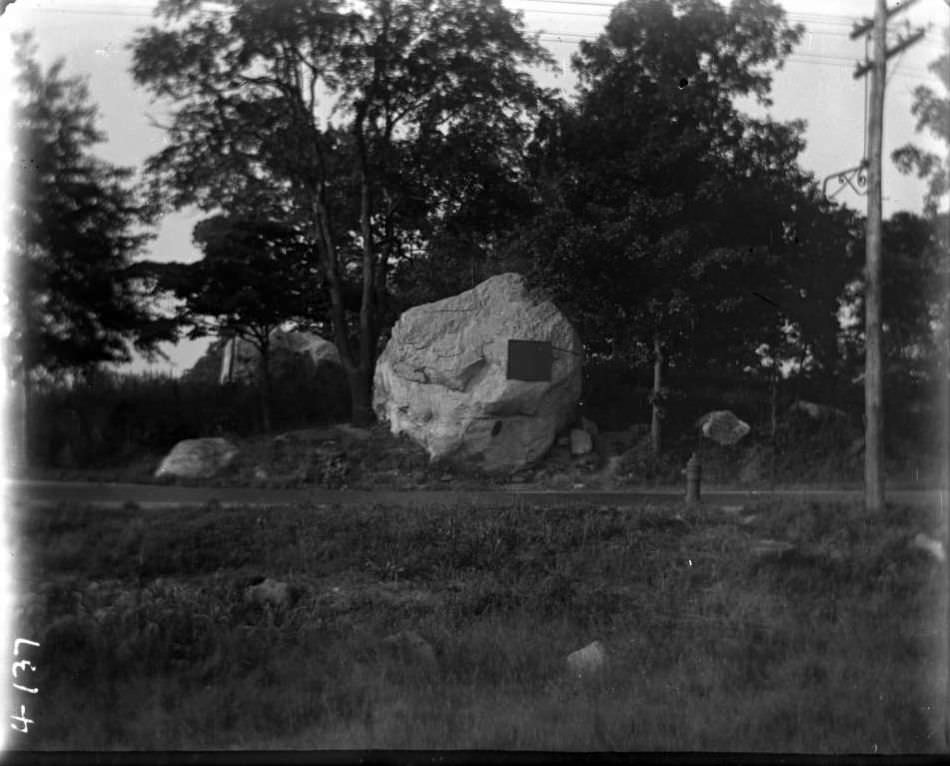
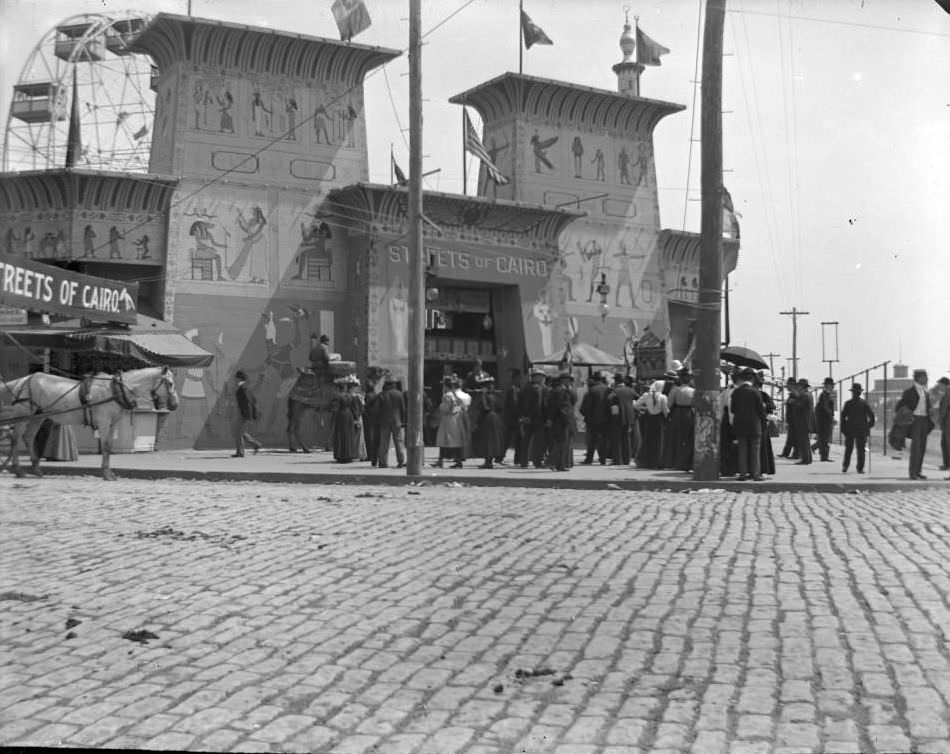
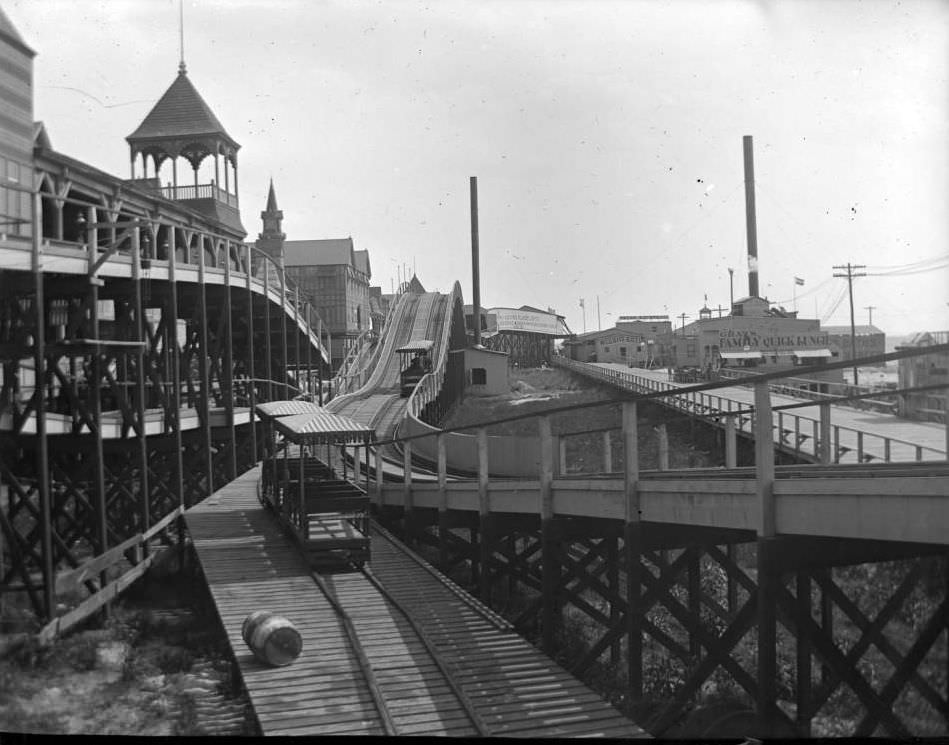
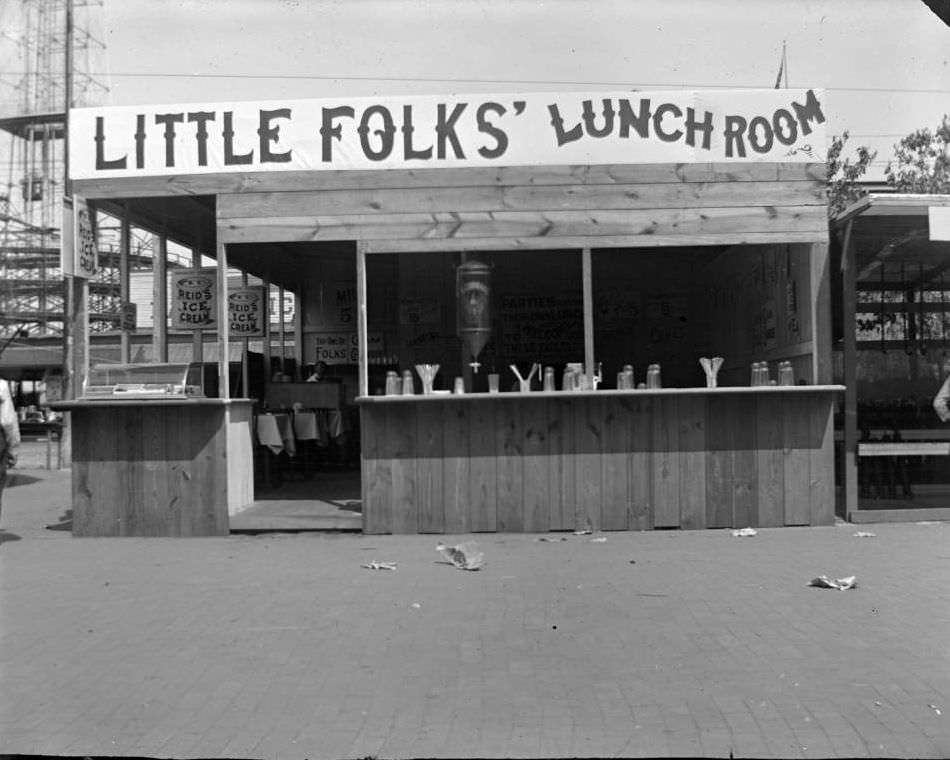
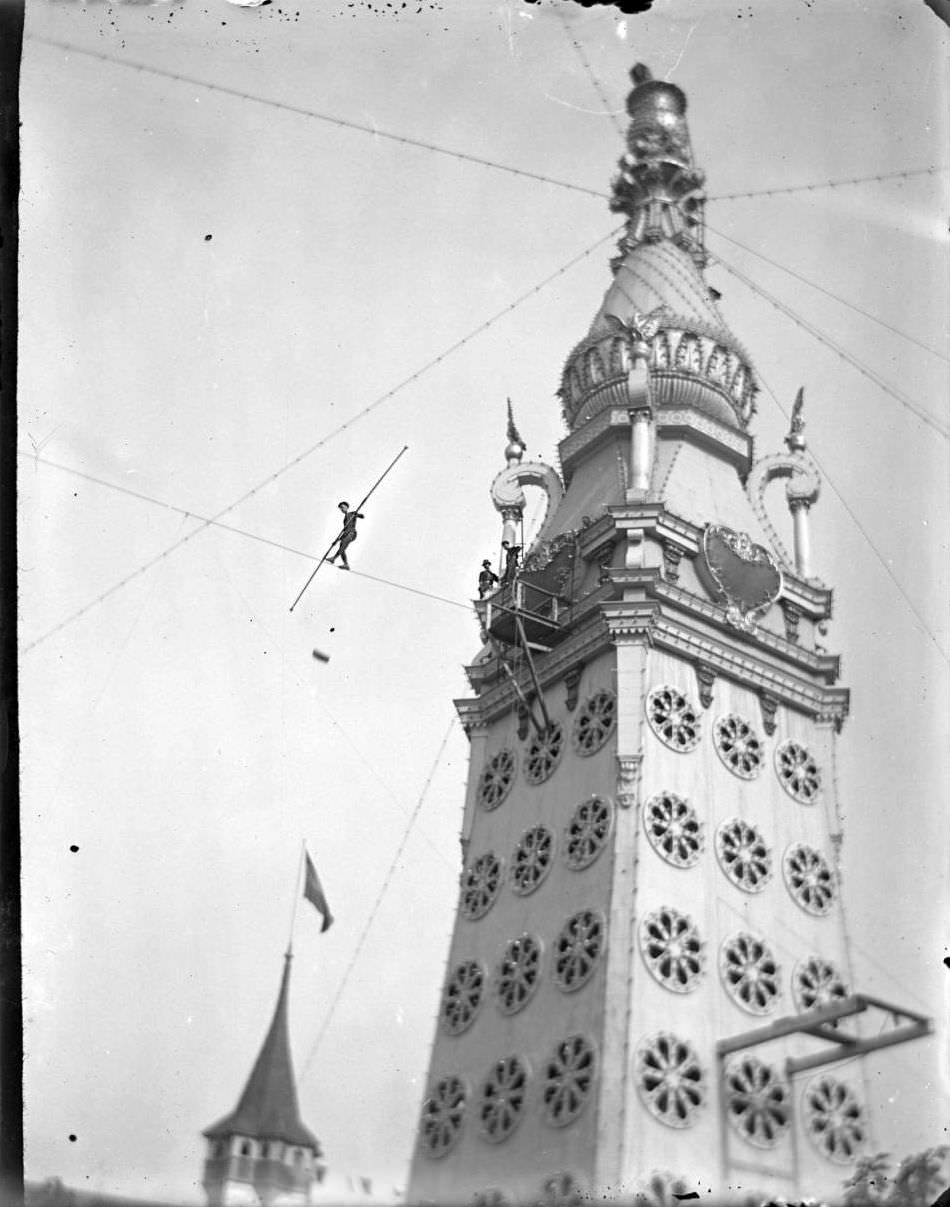
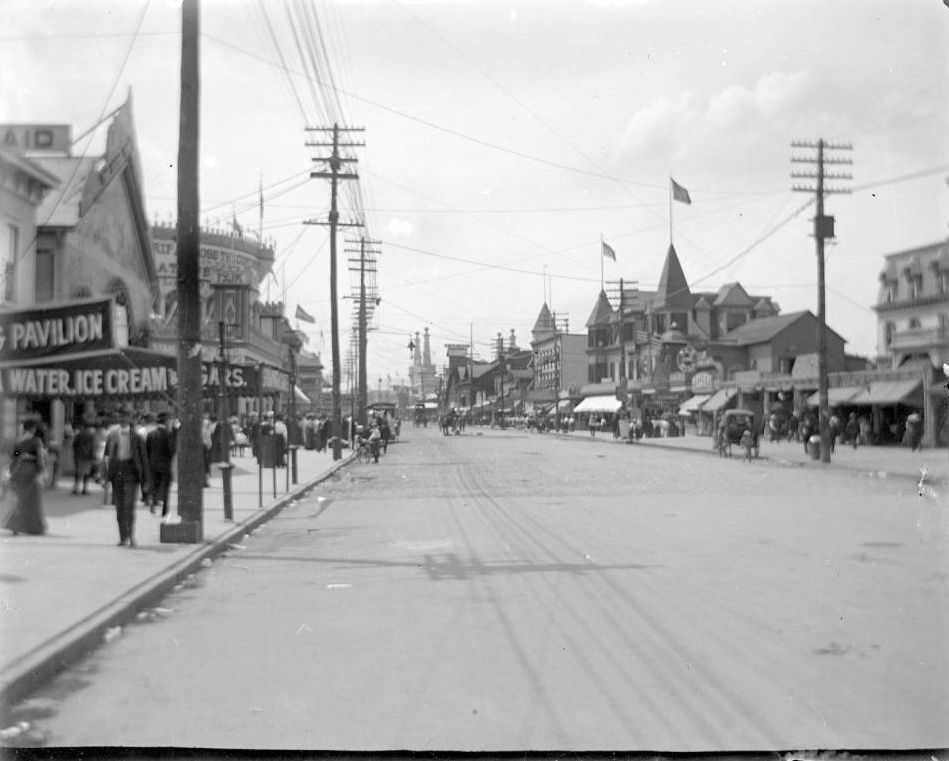
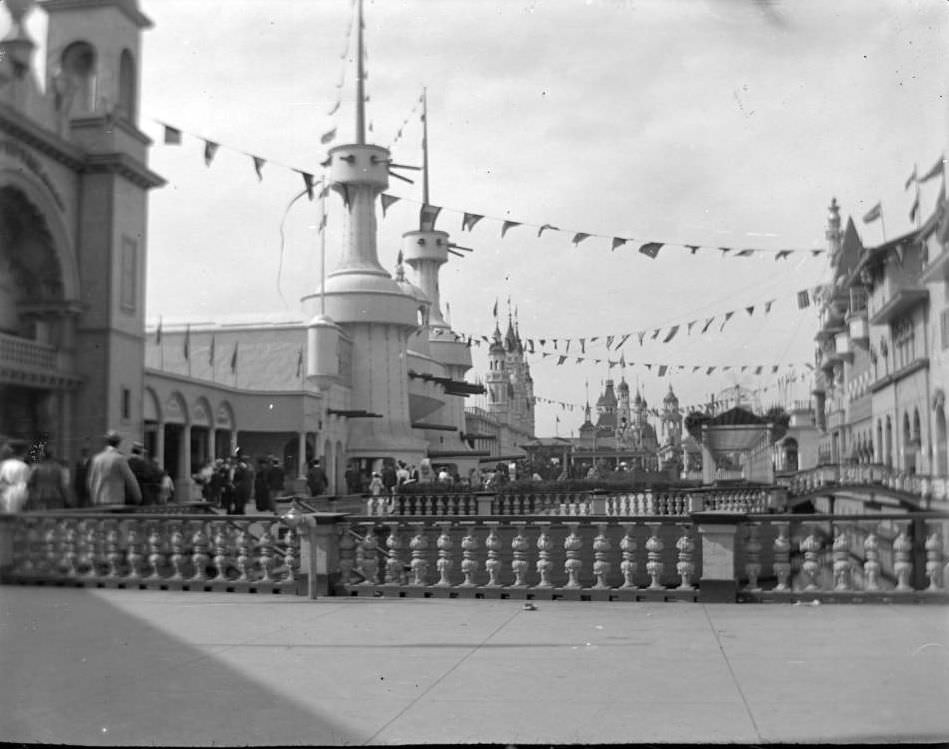
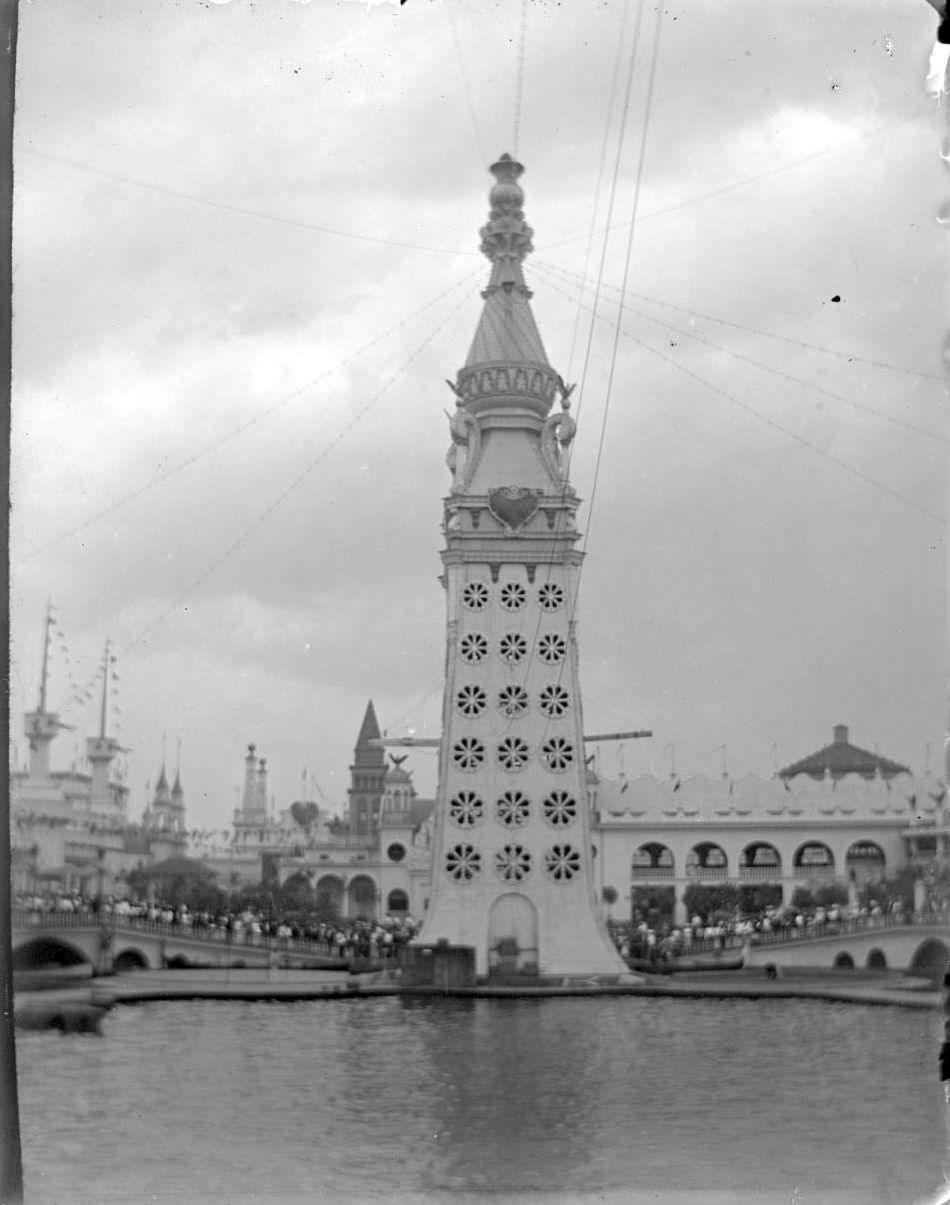


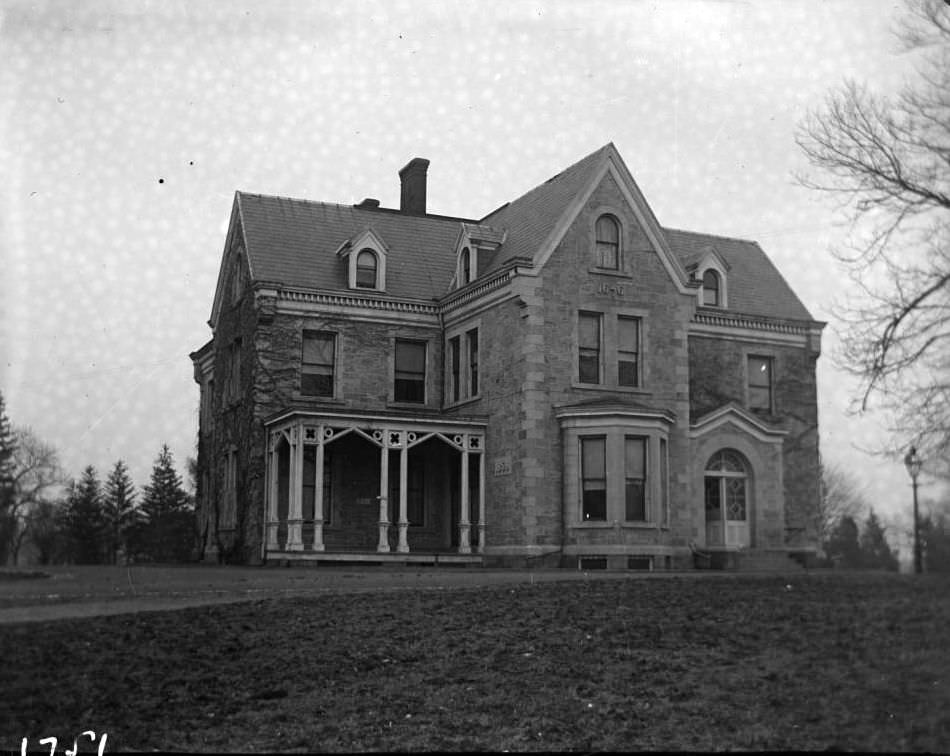
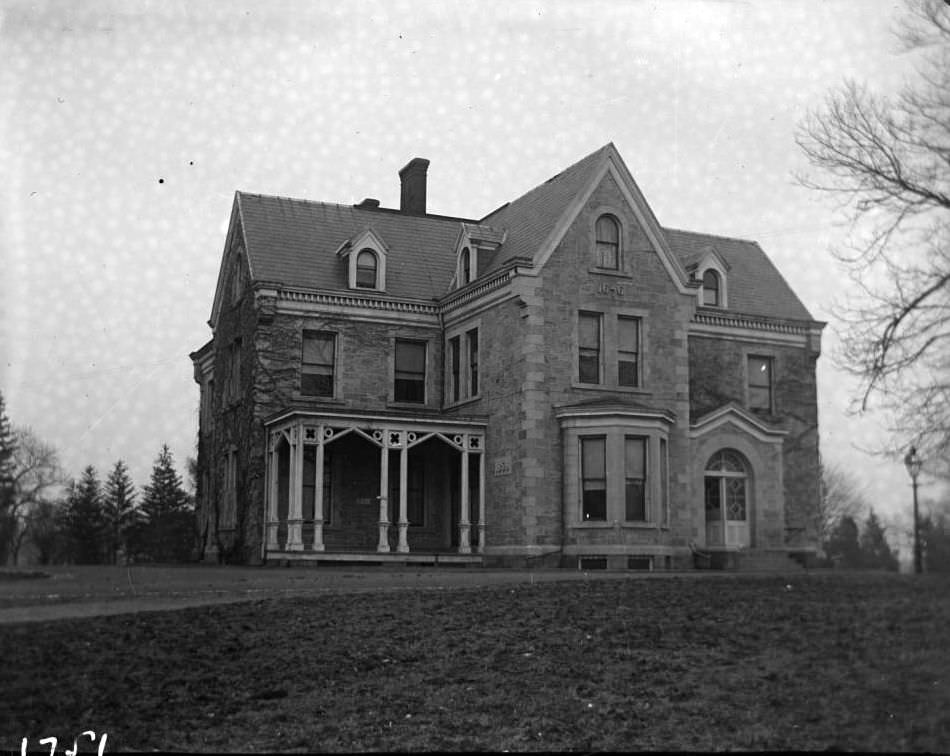
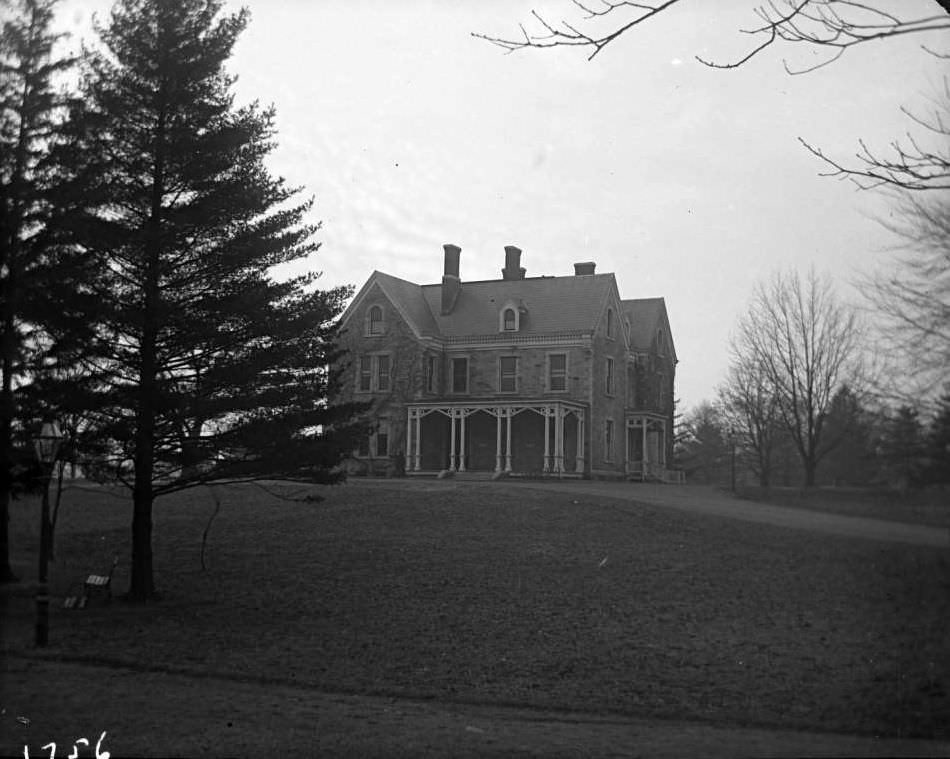
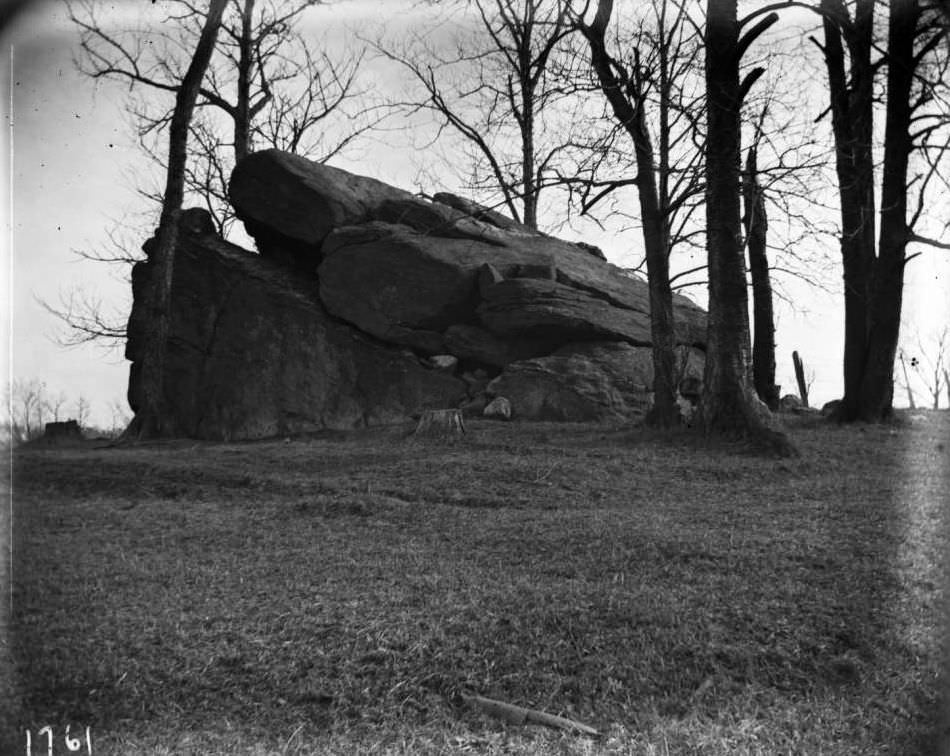
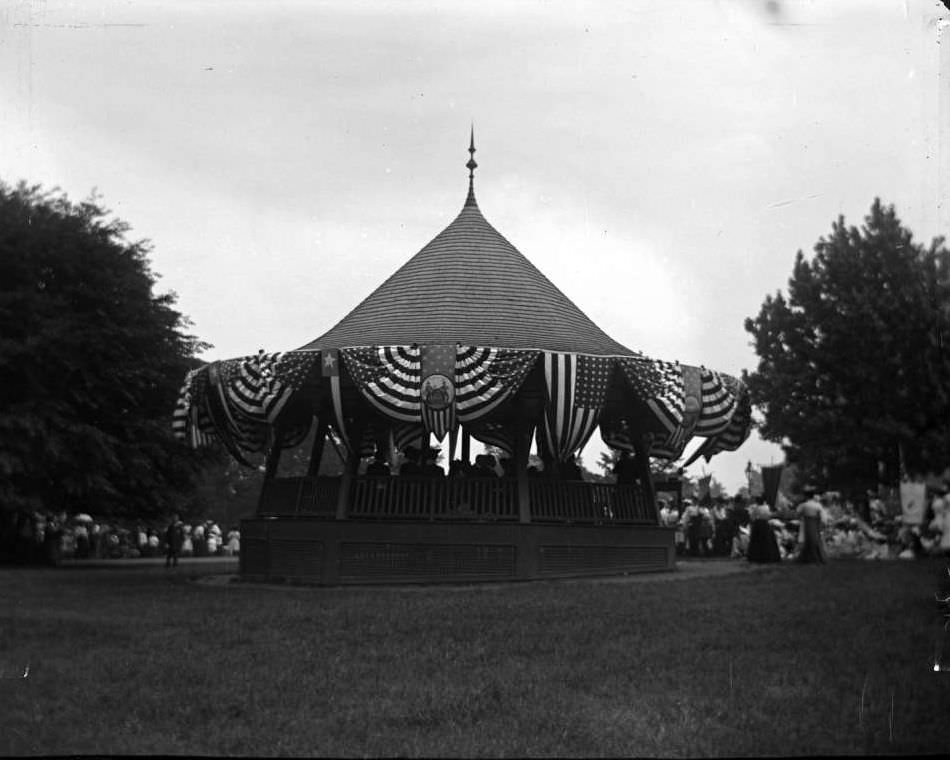
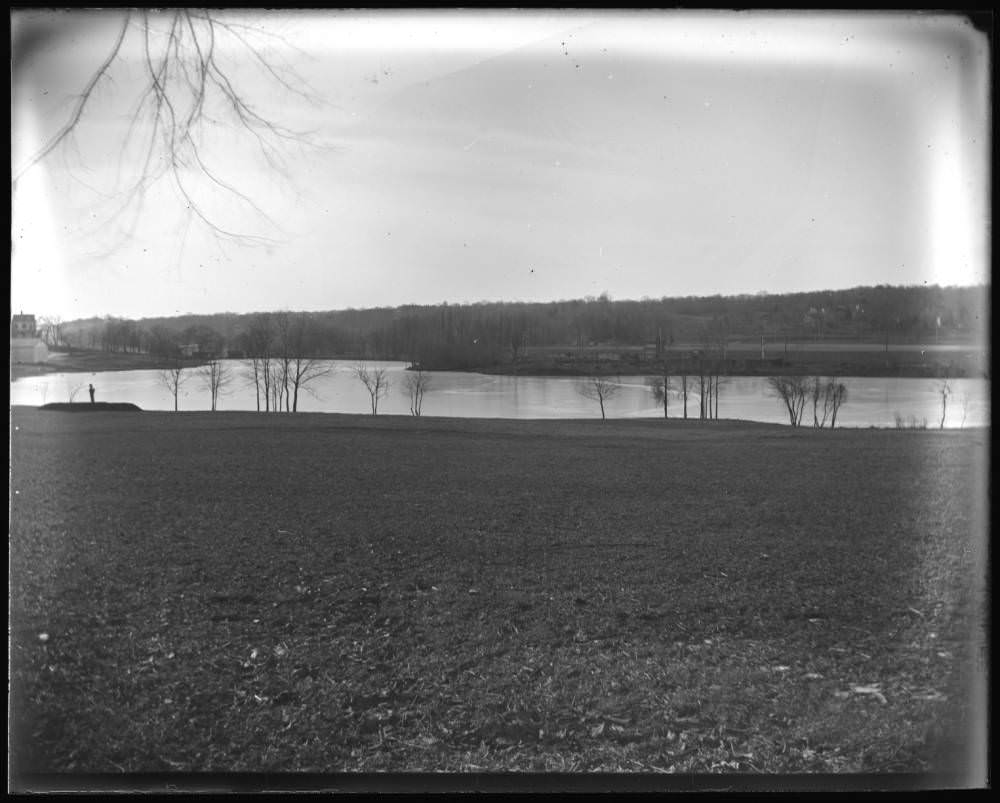

GIPHY App Key not set. Please check settings